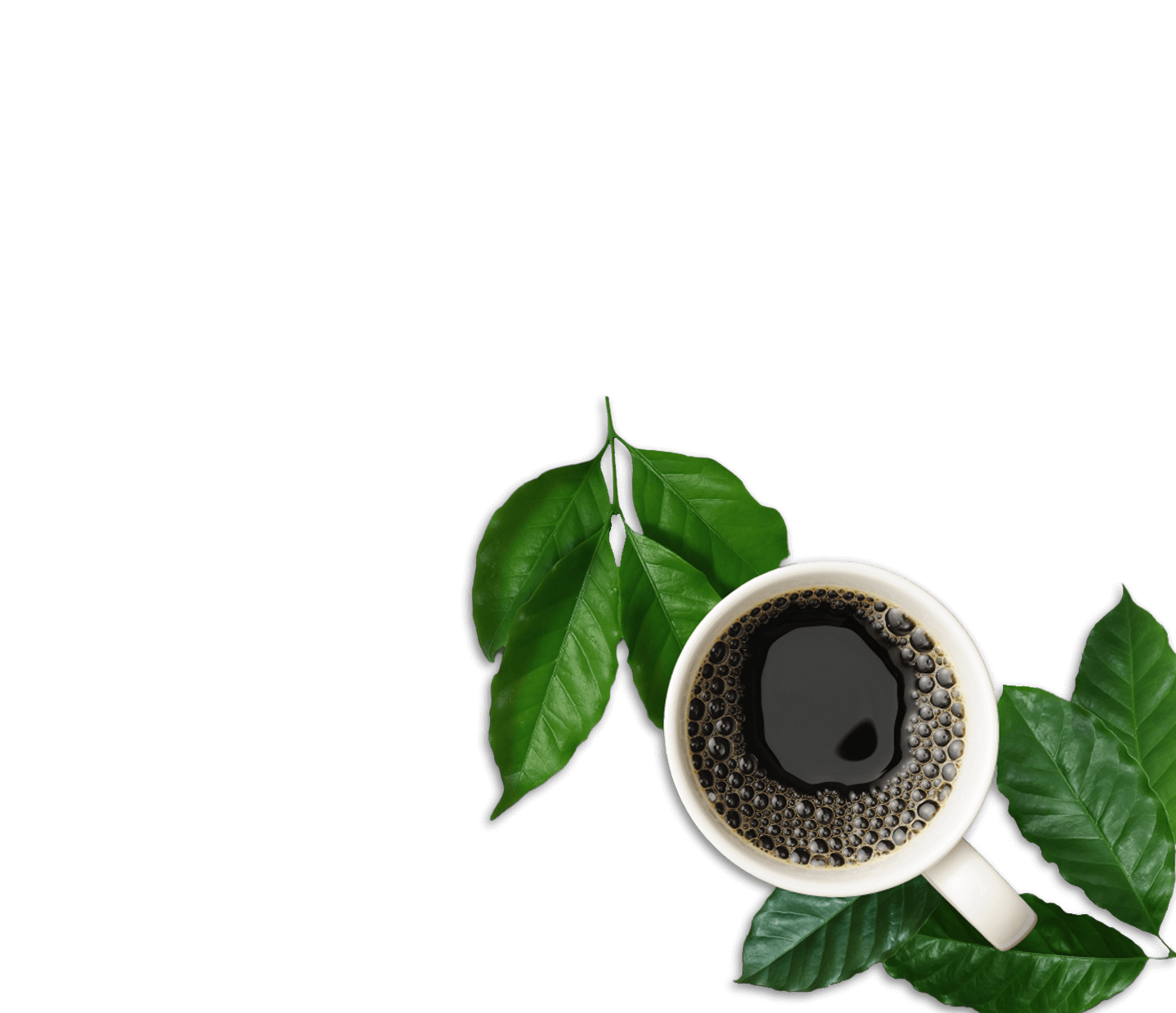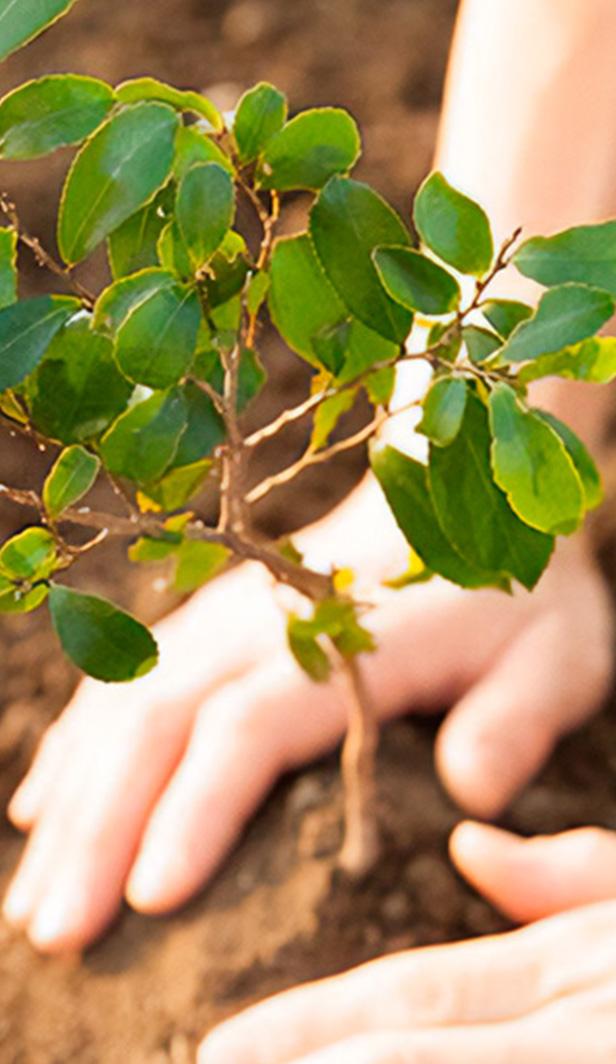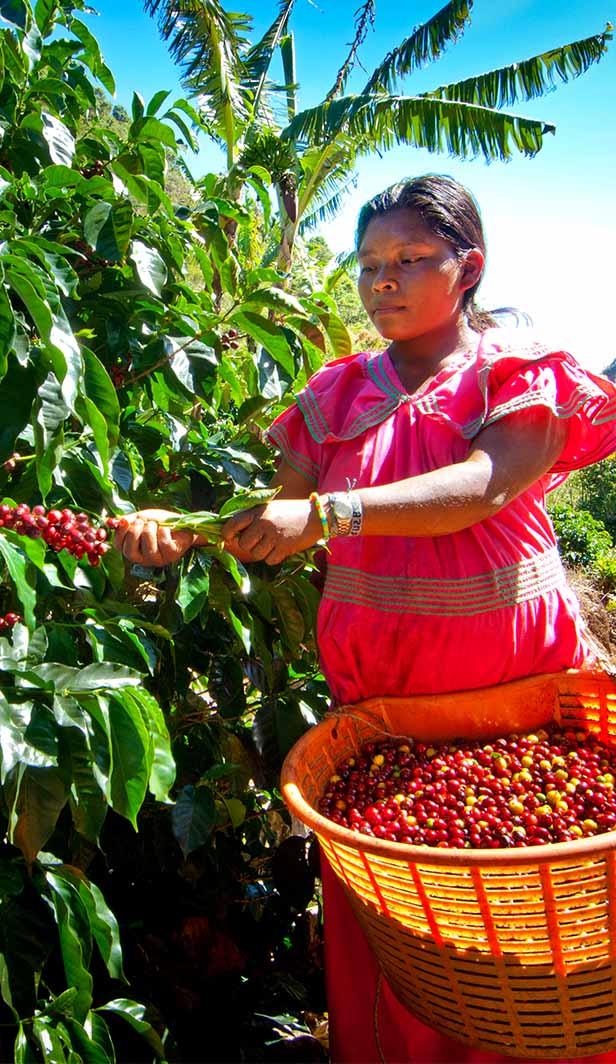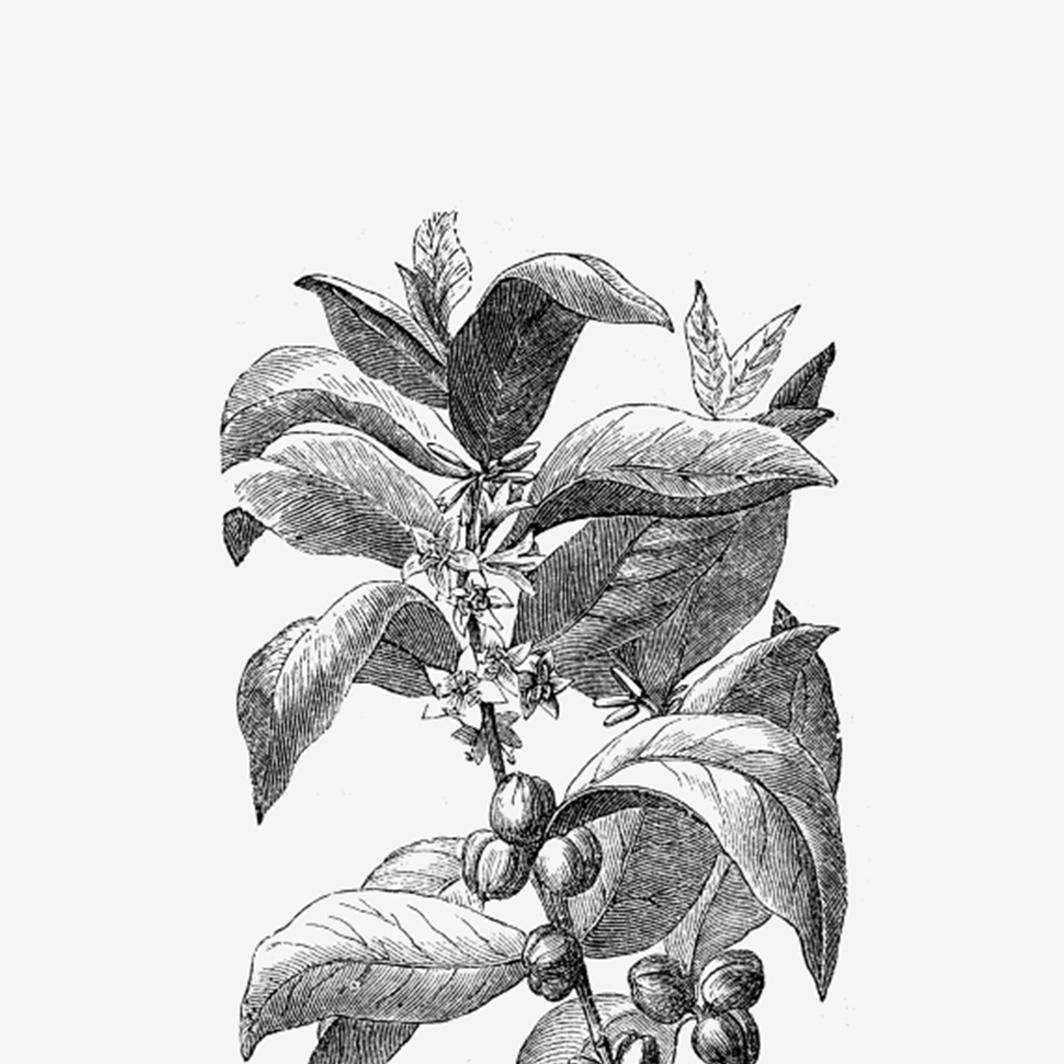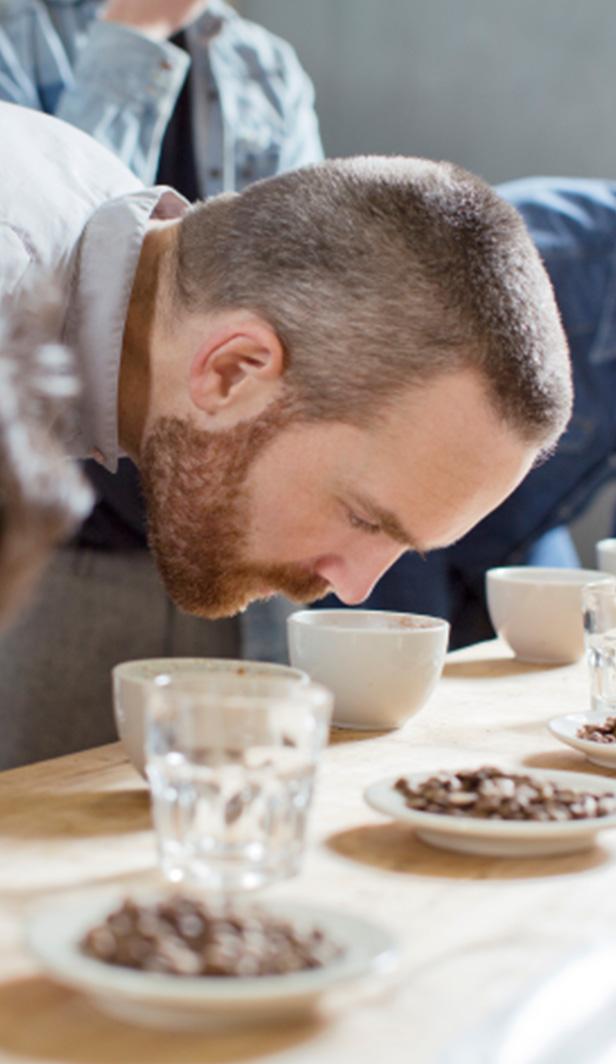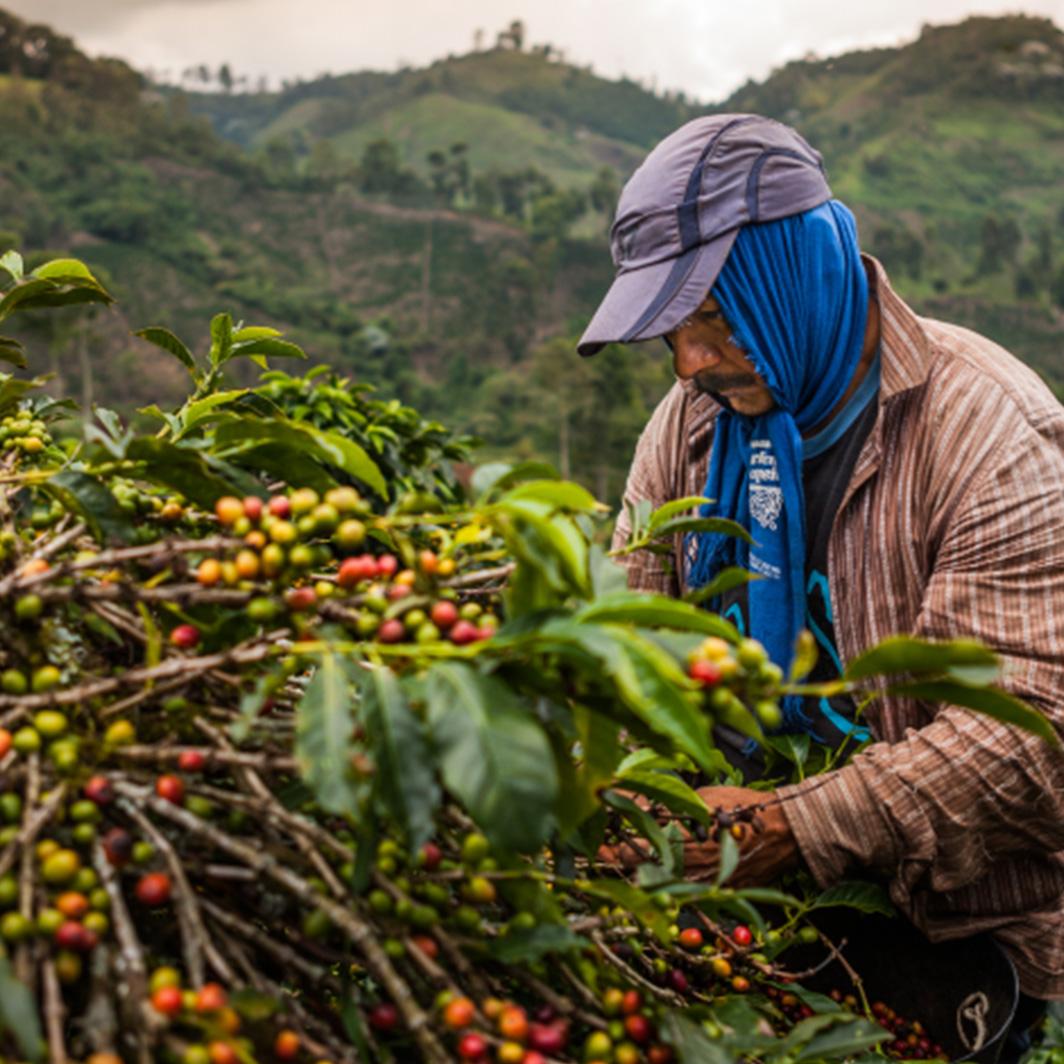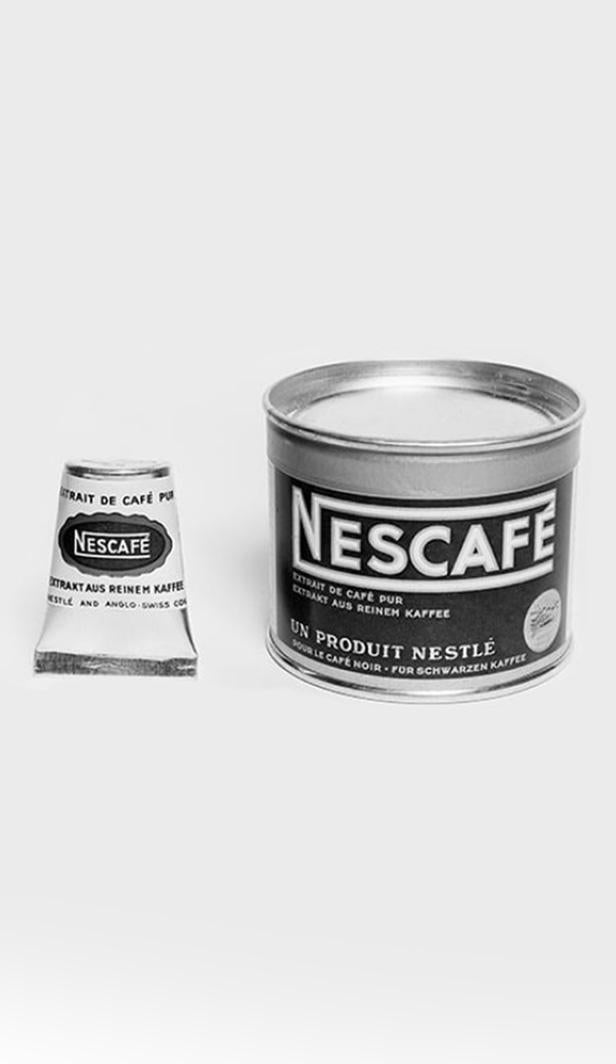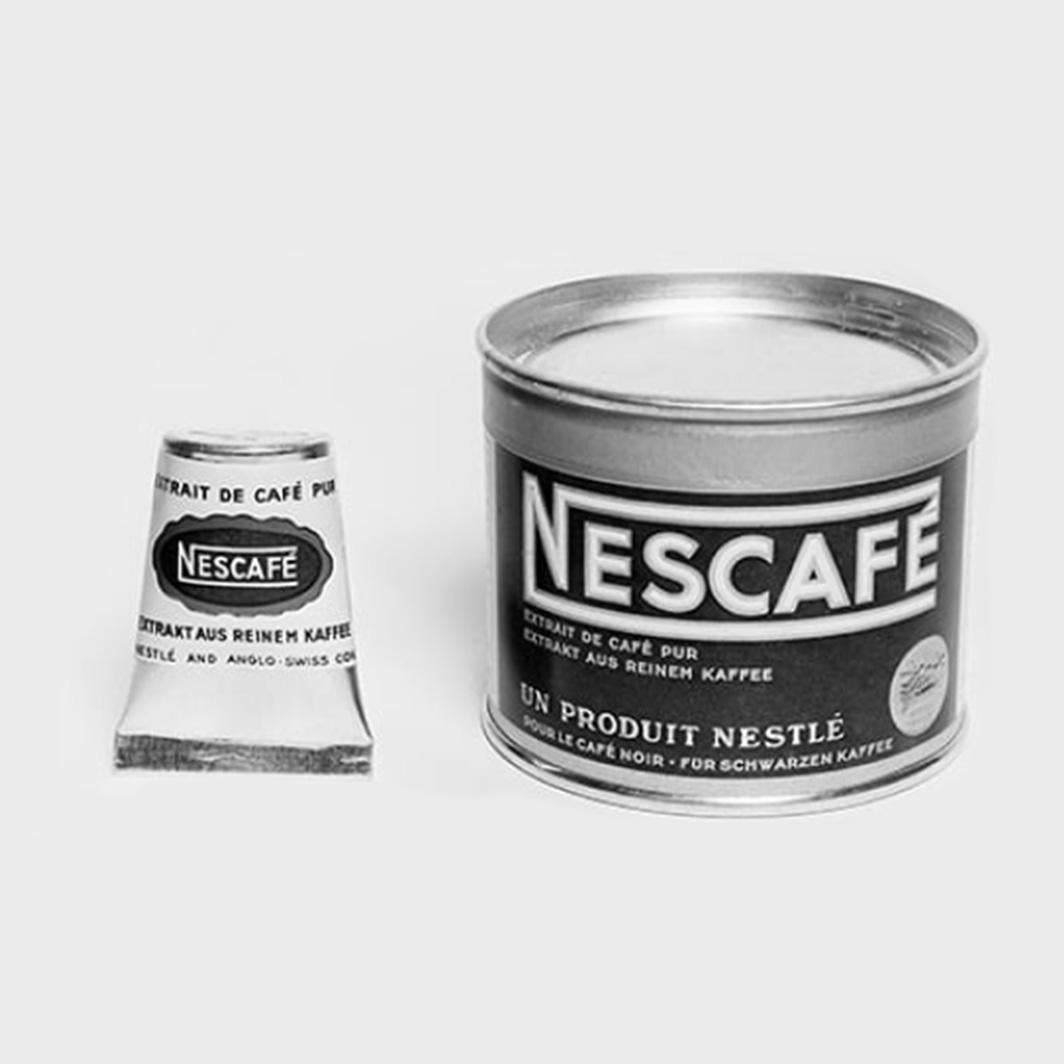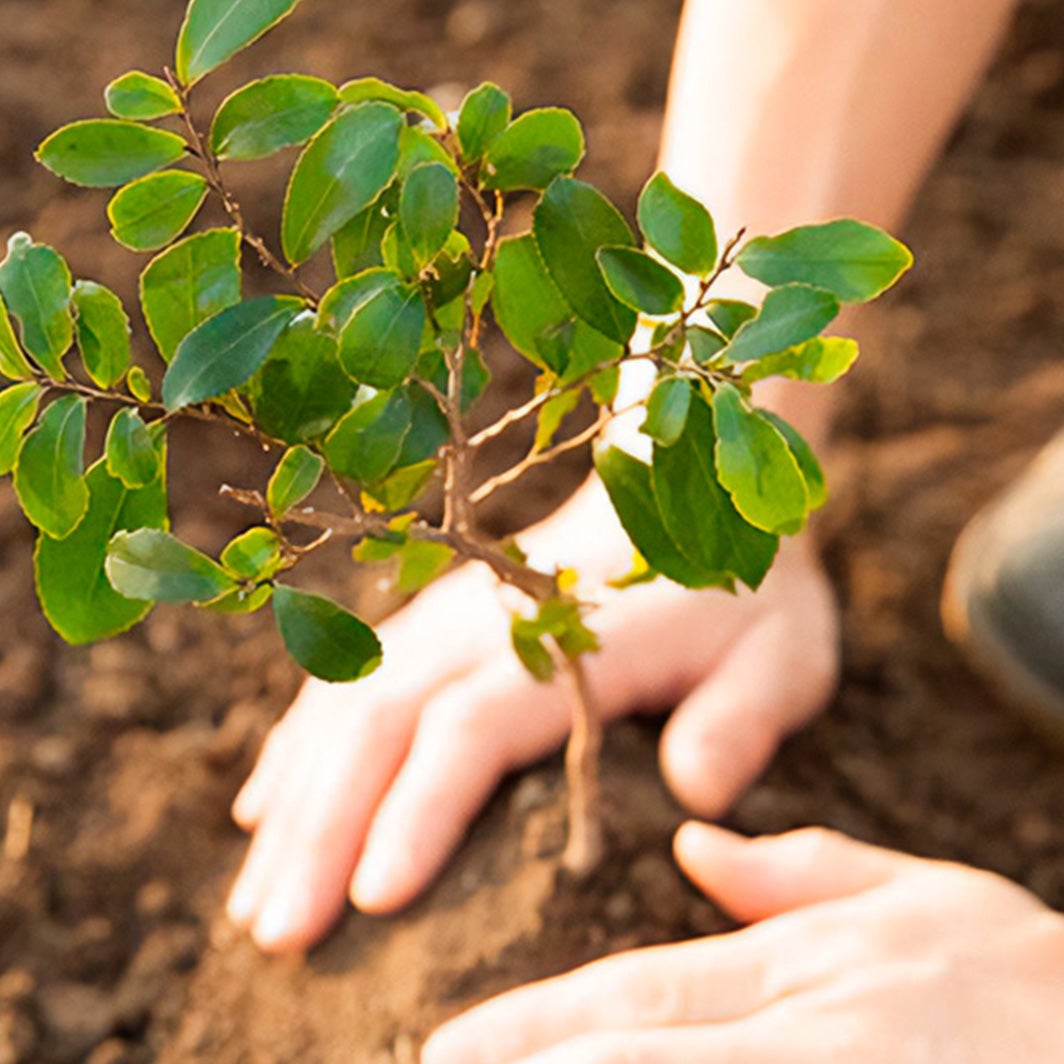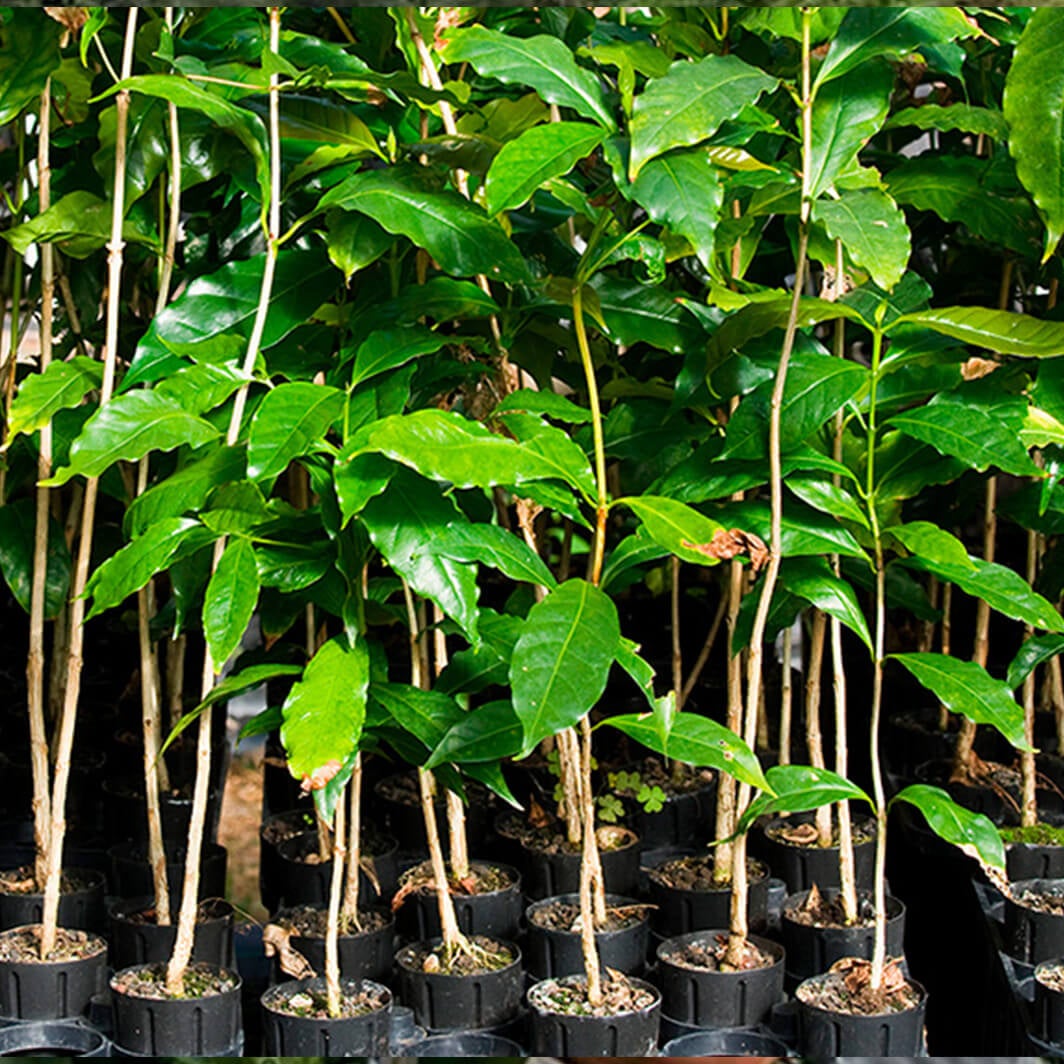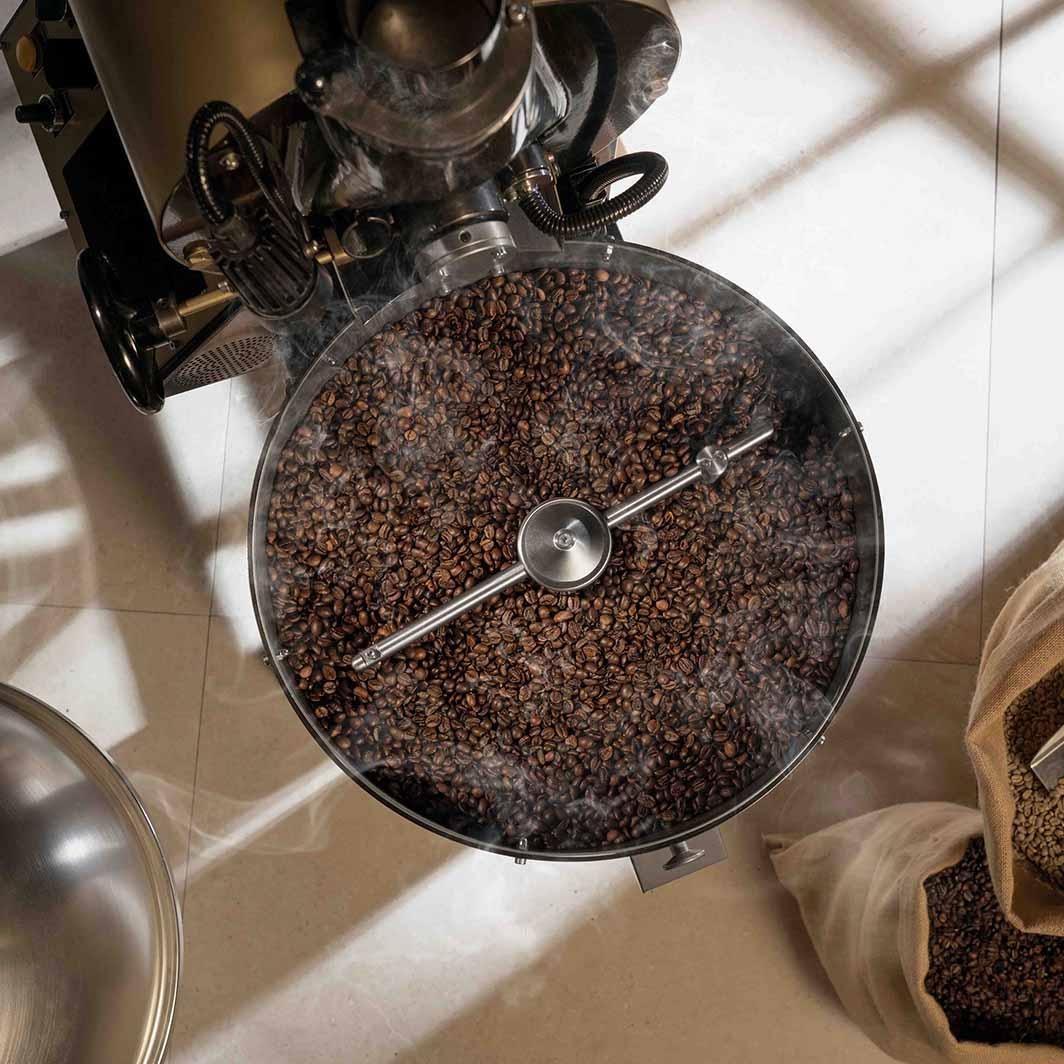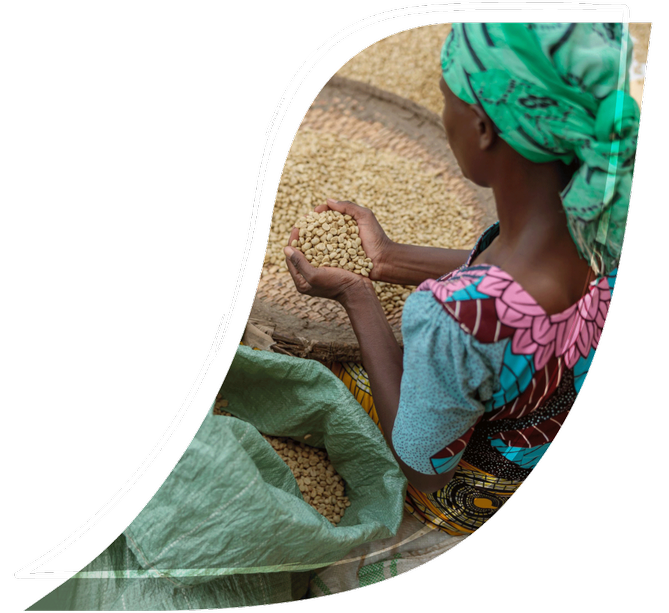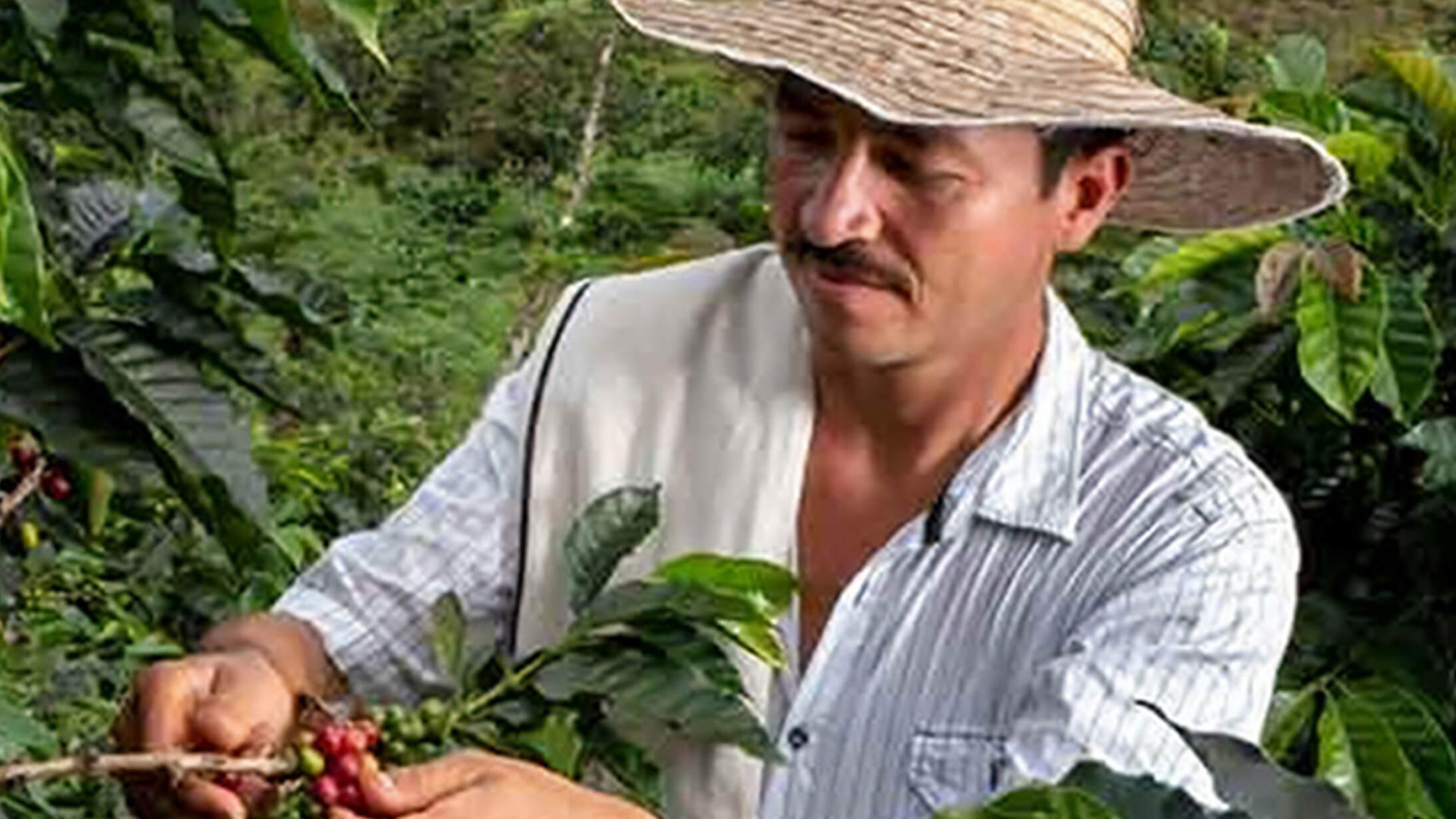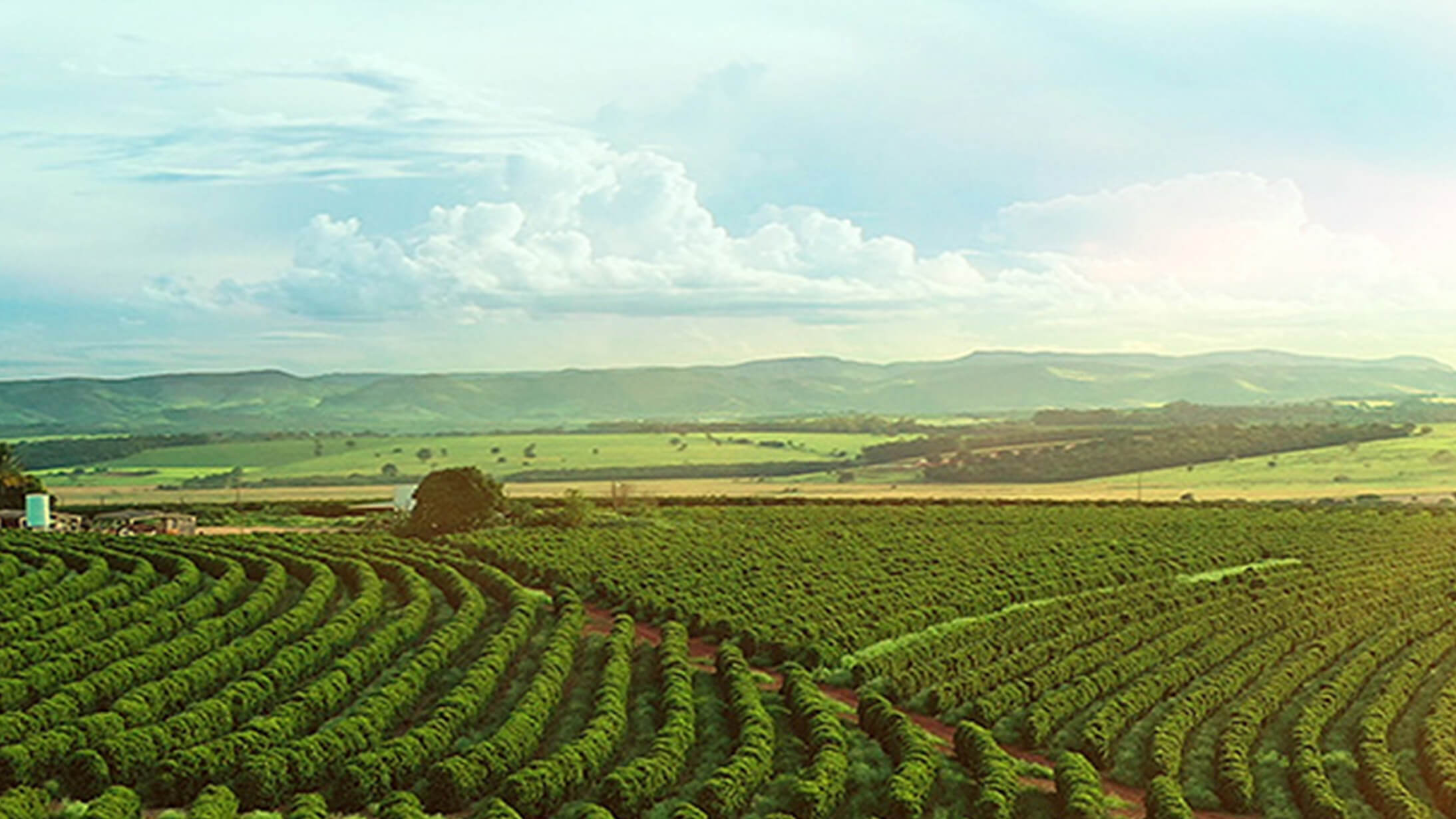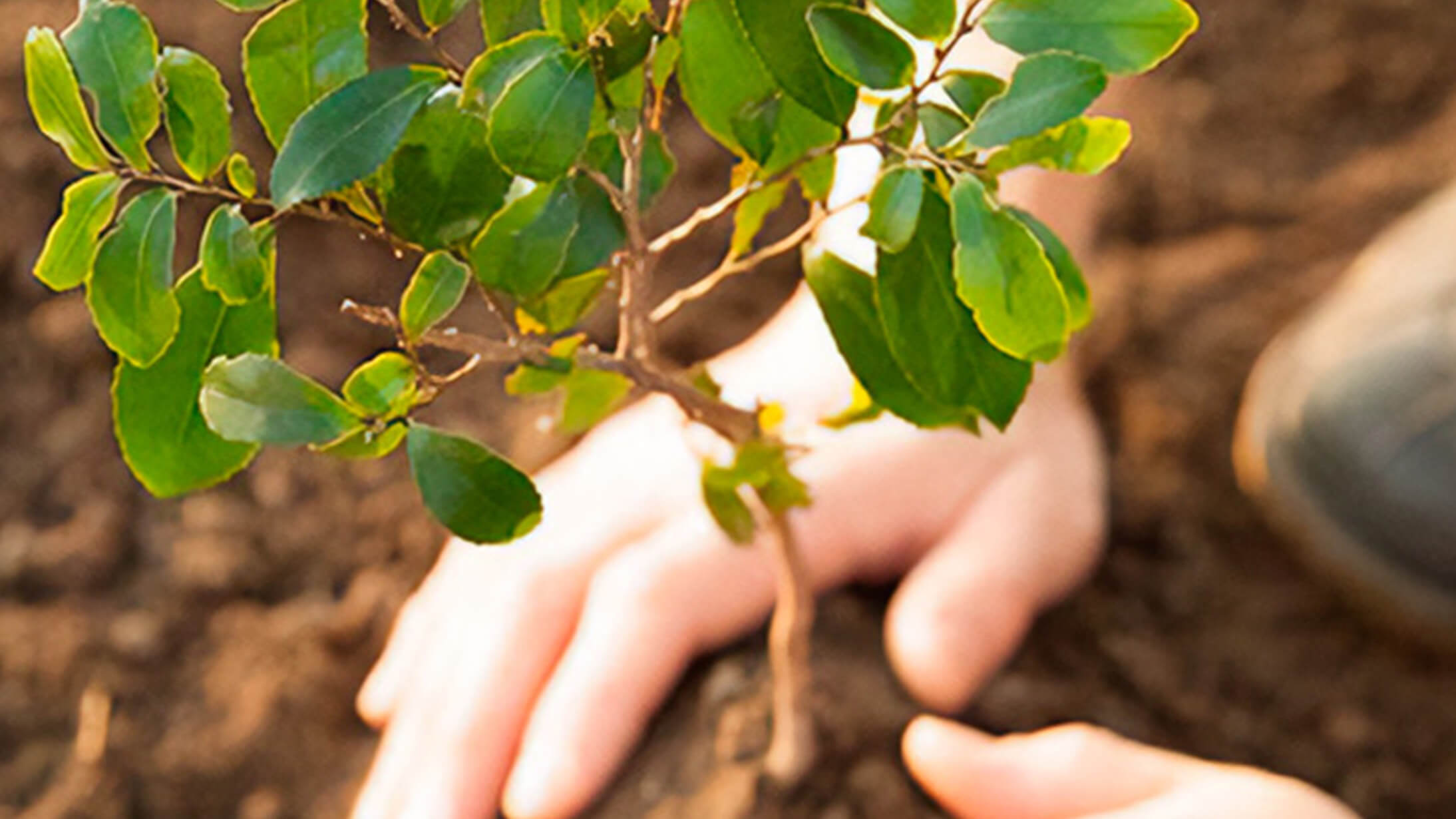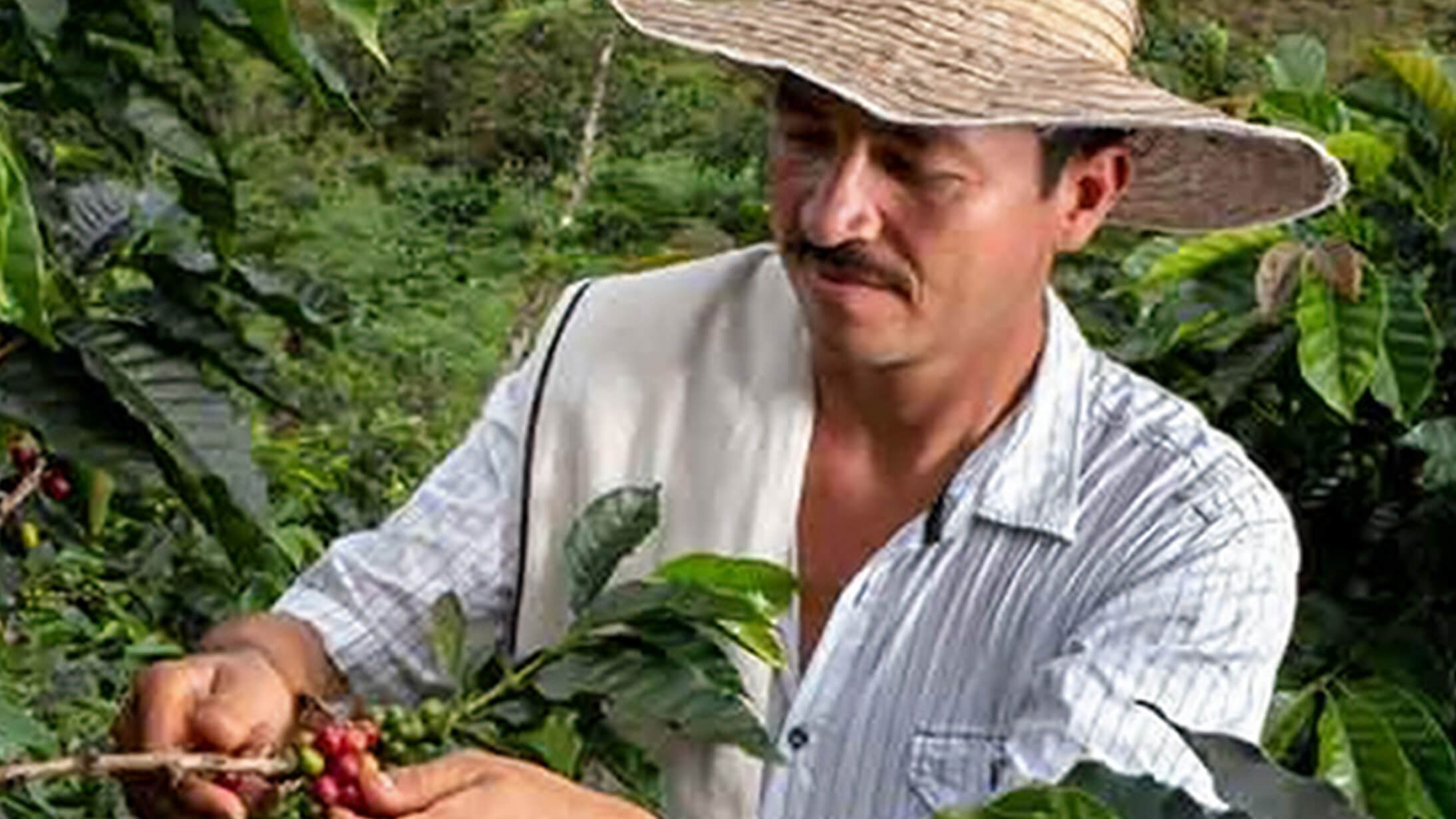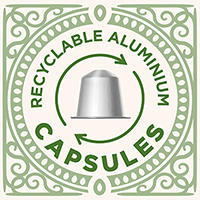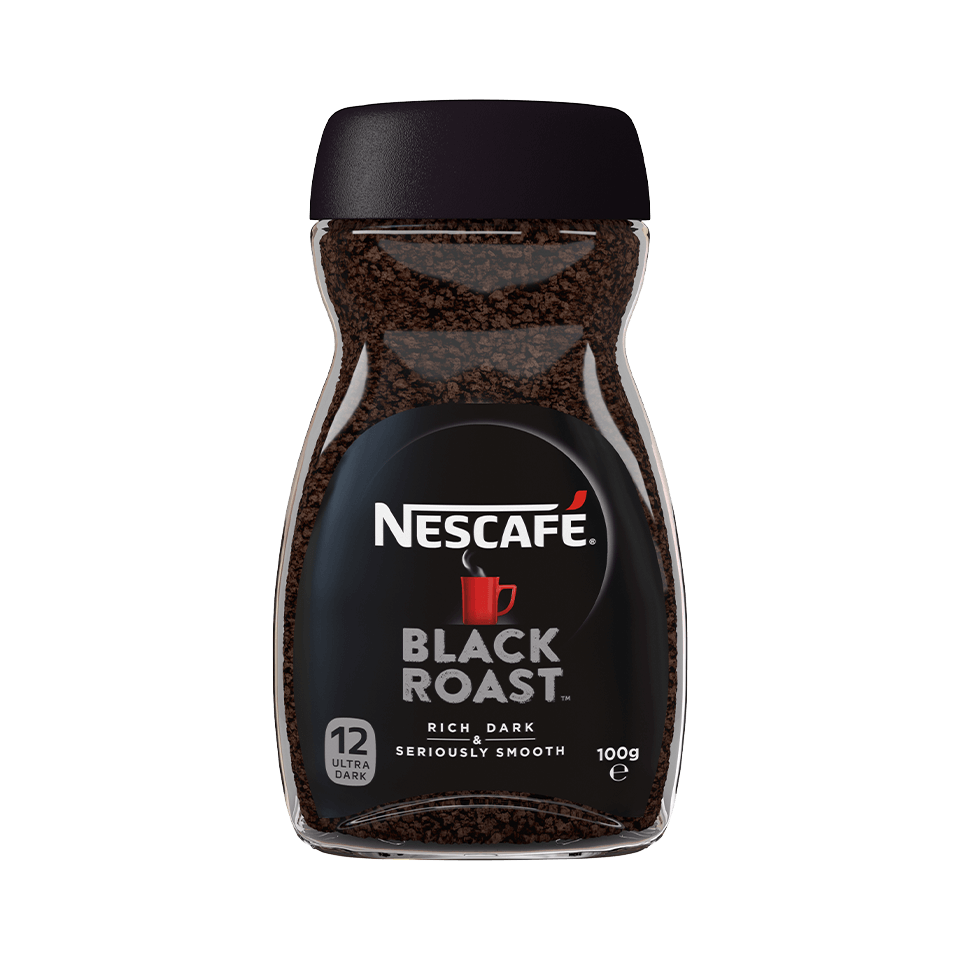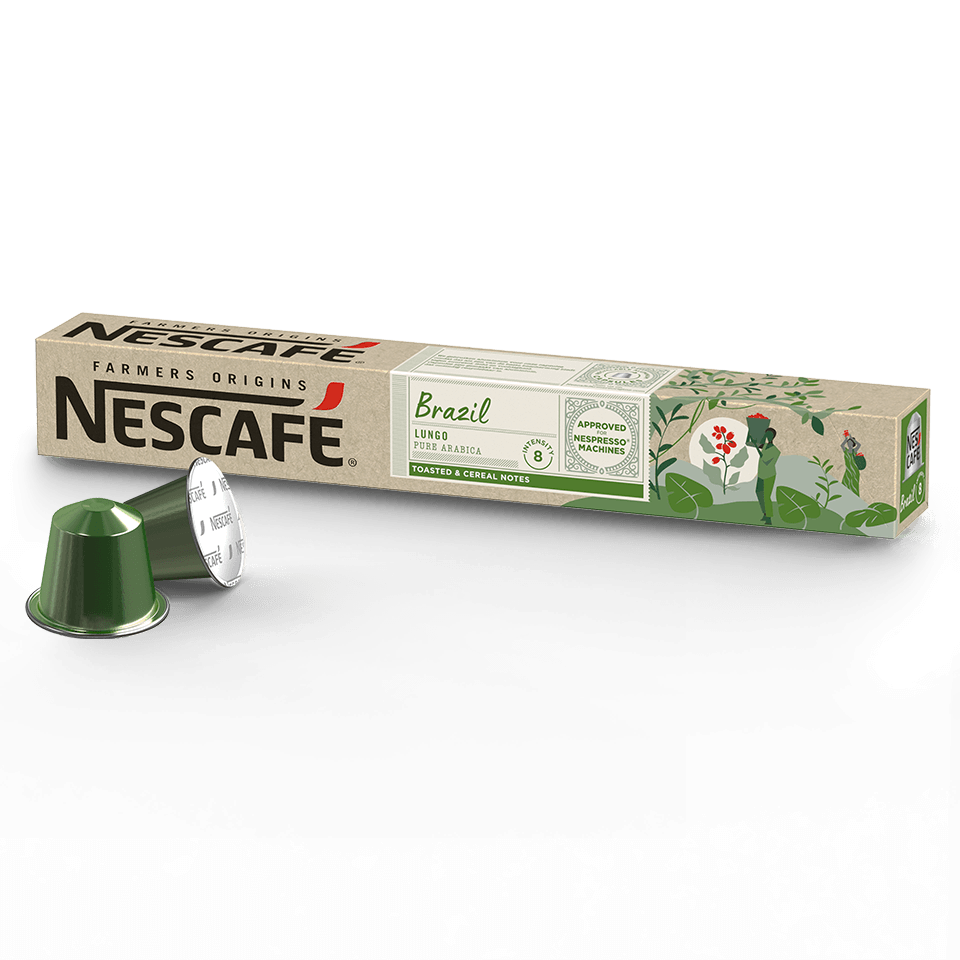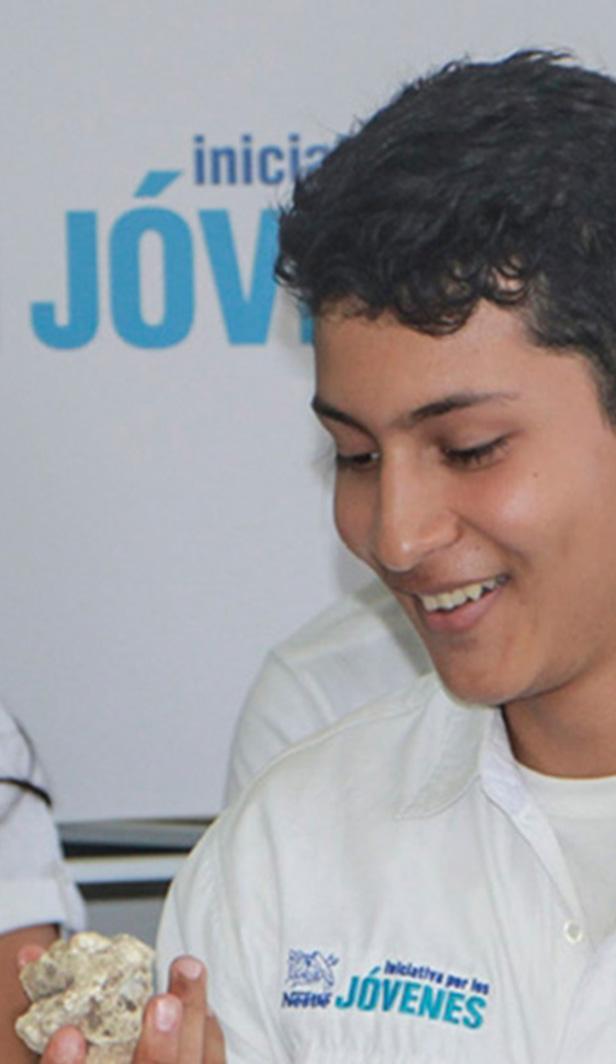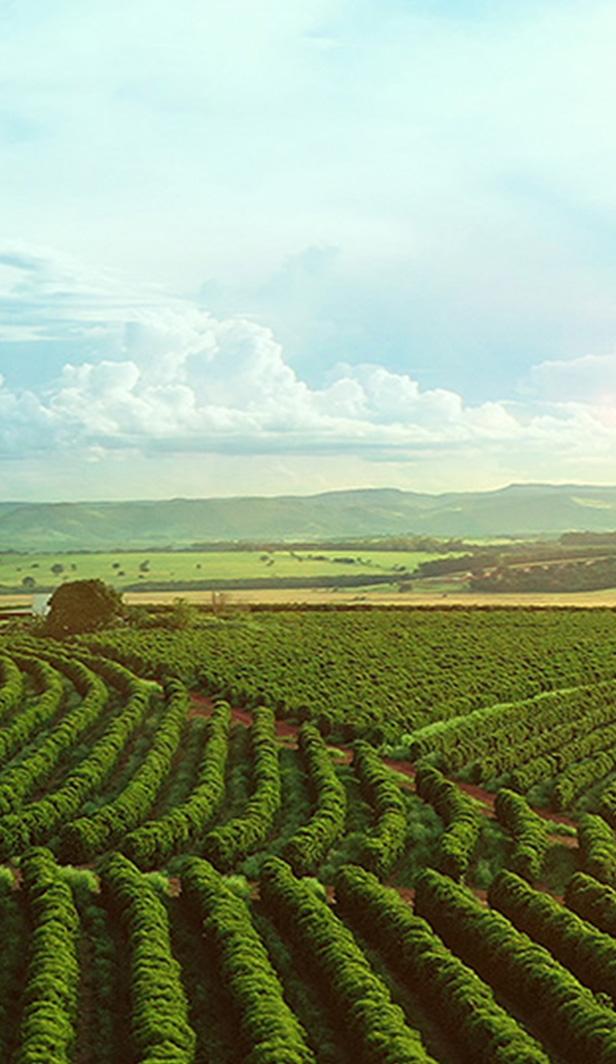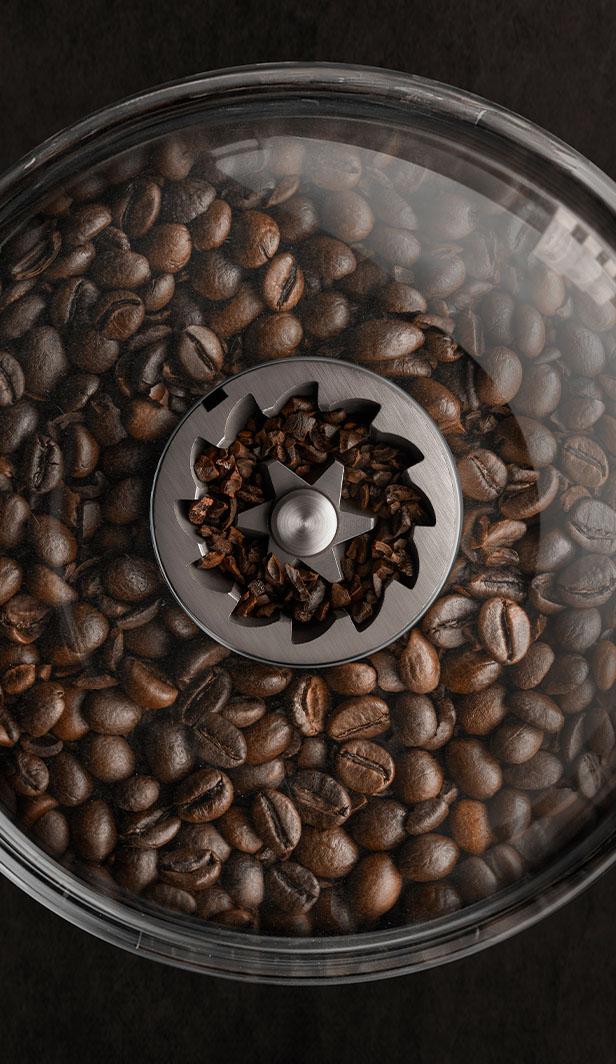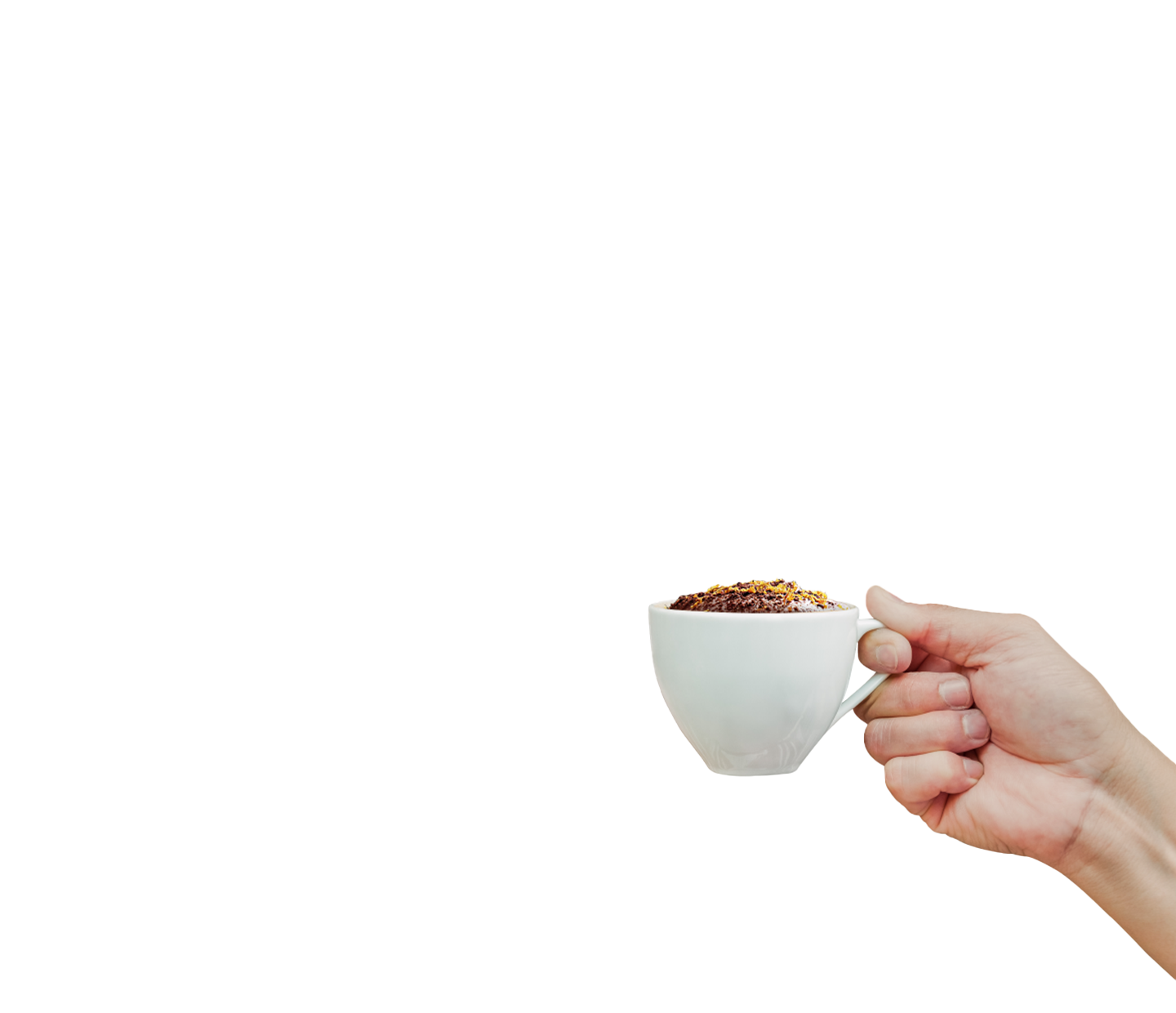10 uplifting benefits of coffee
Awakens your mind
Coffee is rich in caffeine, which is the is the component of coffee that stimulates and activates our bodies and minds. It helps to improve some cognitive functions and memory. Caffeine also helps you to stay focused, energised, and alert - whether you enjoy your coffee black or with milk.

Rich in antioxidants
One of the greatest benefits of coffee is that it's rich in antioxidants, especially in green coffee beans. Every cup of NESCAFÉ® coffee carries these antioxidants, and is especially high in polyphenols, which work together with other minerals to help your body and cells function optimally, preventing disease, and maintaining good health in general.
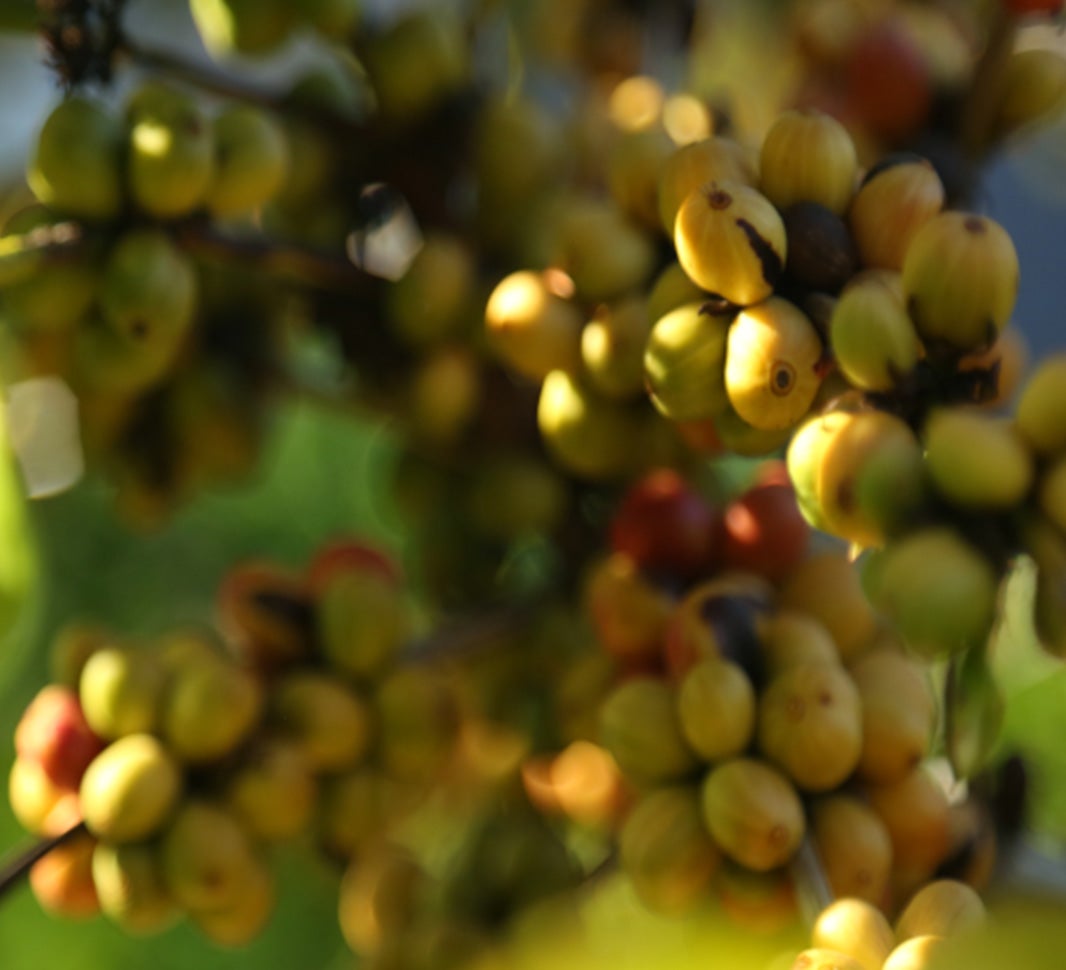
Coffee has a wide range of health benefits, but this list would be incomplete without mentioning just how good it feels to sit back, relax, and drink a hot, rich cup of coffee.
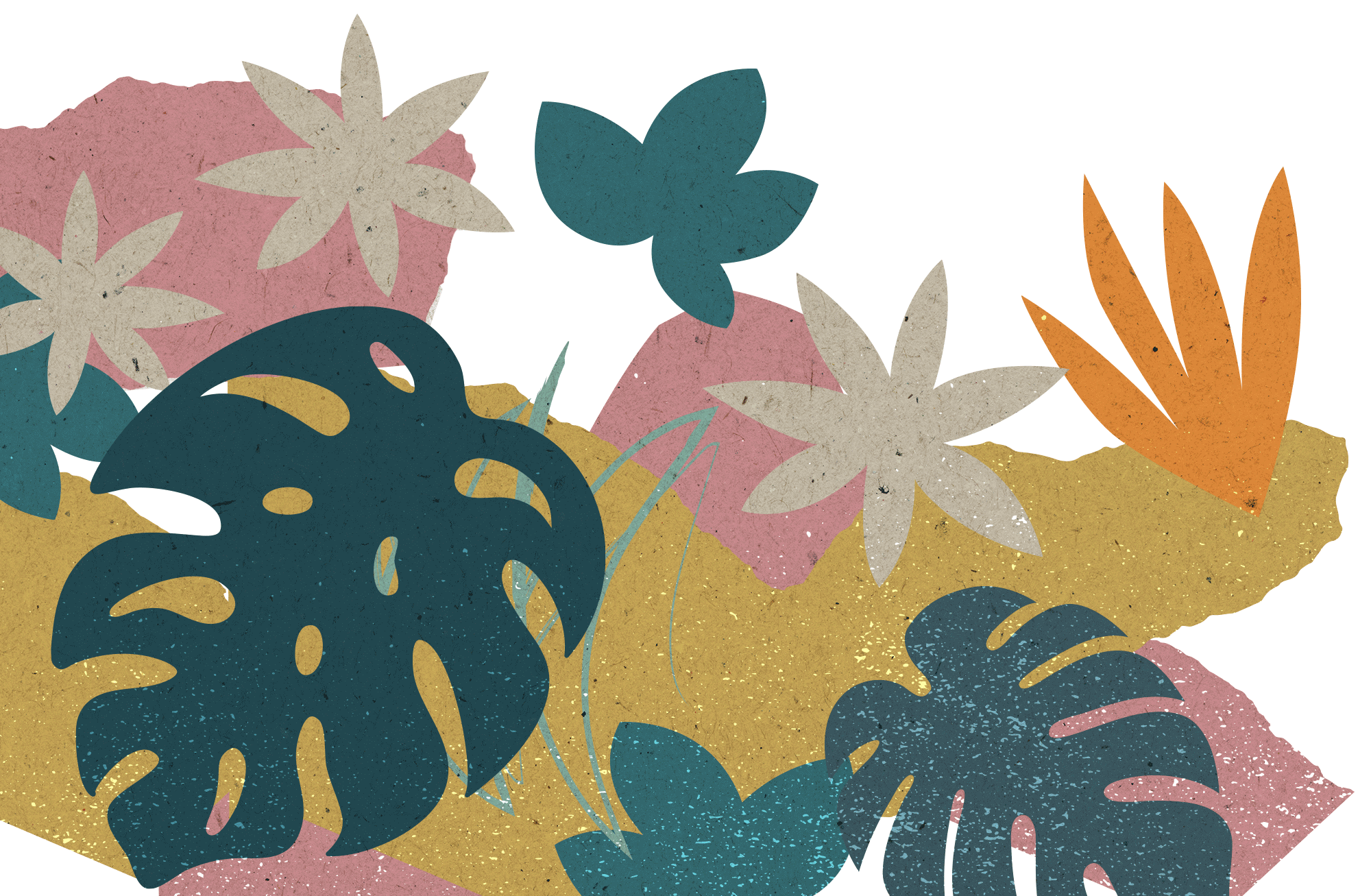
Helps protect against headaches
Caffeine is a natural vasodilator, which means it helps to decrease blood pressure by preventing the muscles in your veins from tightening up and getting narrower. People who suffer from headaches could benefit from coffee, especially if they add some milk. It’s important to not overdo it – even 3 cups of coffee a day could be too much, and it could easily become a trigger for headaches and migraines.

Keeps you refreshed and alert
If you are very active - whether you just enjoy regular exercise for fitness reasons or if you’re a professional athlete - you will benefit from drinking coffee due to the caffeine content in every cup. It helps to improve physical performance by helping your body lower the effects of fatigue, improving focus and staying alert.
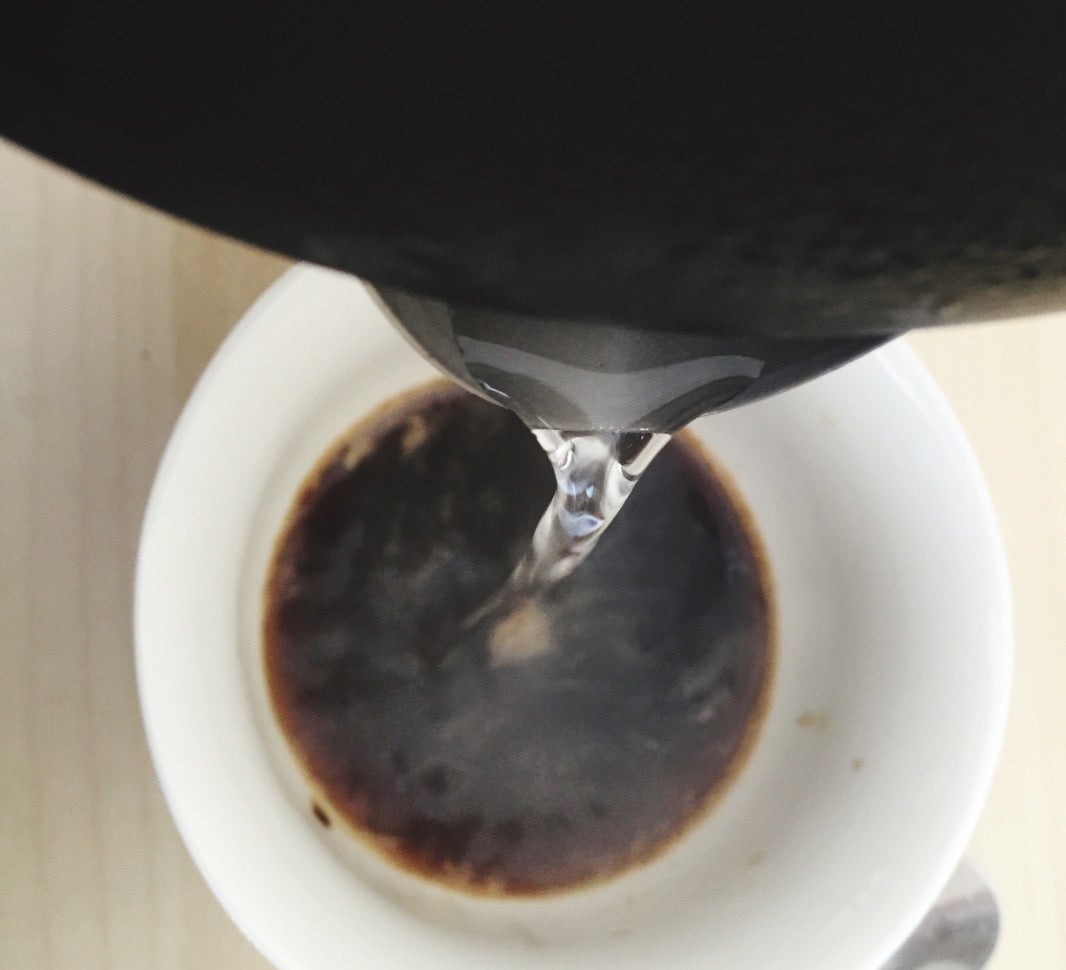
Contributes to weight loss
Caffeine has long been known to assist with weight loss, often used in various compounds, creams, and other products. Caffeine speeds up a process in the body called ‘thermogenesis’, which is how the body naturally burns fat. Interestingly enough, black coffee benefits the body more than milky coffee, which might be due to the fat content in the milk or added sugar, which is a known contributor to weight gain. However, coffee shouldn't be used alone in an attempt to lose weight - it's best to combine your daily coffee with regular exercise, a healthy, nutritional diet, and plenty of water. In fact, coffee can actually cause your body to retain water, which is one of the contributing factors to weight gain. A moderate amount of coffee every day will help you get the best out of your favourite drink.

Can protect against cancer, stroke and coronary diseases
A large study done in 2018 by the National Cancer Institute of the United State showed a correlation between a higher consumption coffee and a lower mortality rate from cancer, strokes, and heart diseases. While the results cannot be seen as definitive, it’s interesting to consider the possibilities of what other benefits coffee could have on our overall health!
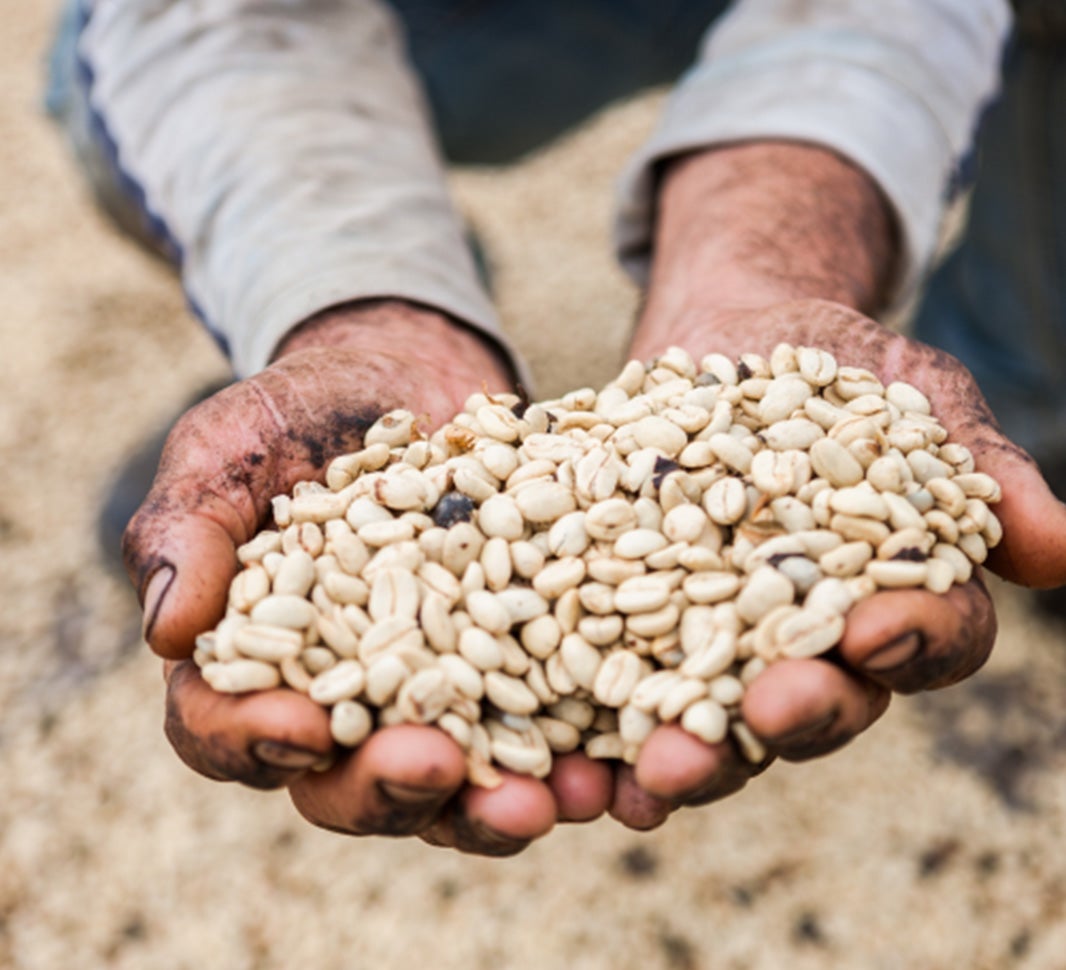
Combats Alzheimer's and Parkinson's
The relationship between drinking coffee and neurodegenerative diseases such as these has been studied for years. It's very possible that regularly consuming coffee could reduce the likelihood of these diseases occurring in the future.

Reduces the risk of Type 2 Diabetes
Drinking a maximum of 3 or 4 cups of coffee a day could reduce your chance of suffering from Type 2 Diabetes by as much as 25%. It’s not entirely clear how it lowers the chances of the disease, but coffee is rich in antioxidants, has anti-inflammatory properties, and impacts the process in the body that burns fat.

Today’s community favourites
Discover some of the most enjoyed articles from across the site

Non-Dairy Guide
Oat-based drinks
GOOD TO KNOW...
A favourite alternative to milk. They often have a full-bodied consistency that can help create a rich and satisfying drink.
HOW DO THEY TASTE?
Because oats themselves have a mild taste, oat-based drinks shouldn’t change the flavour of your coffee that much.
HOW ARE THEY MADE?
Usually, they’re made from oats that have been roasted at low temperatures to add flavour. That’s really similar to coffee-roasting: using heat to release flavours that would otherwise be hidden. After water is added to the roasted oats, it is then filtered to create the final drink.
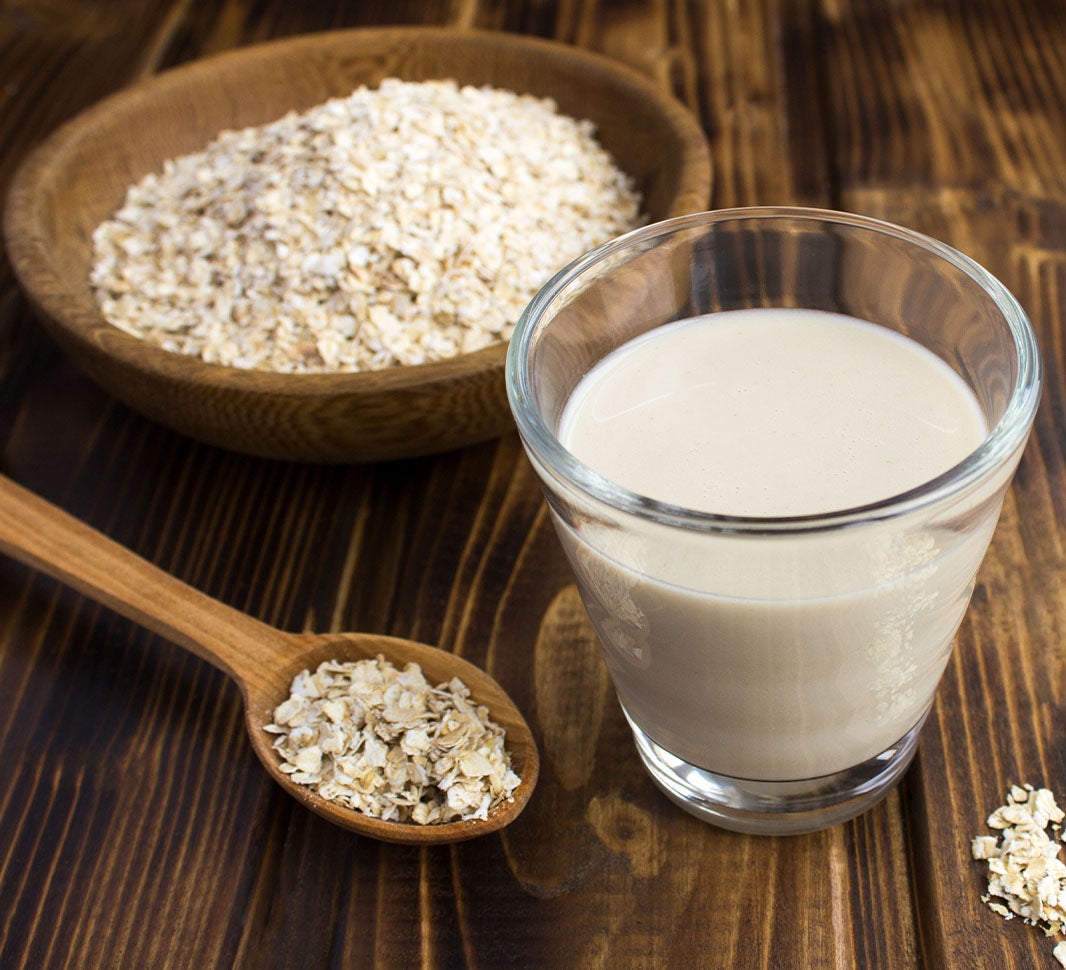
Soya-based drinks
GOOD TO KNOW...
These have been available for many years, but they need to be treated with a bit of care. Soya drinks can separate when added to the hot coffee. That’s why experienced baristas pay particular attention to the temperature of the soya drink when they’re adding it to the coffee.
HOW DO THEY TASTE?
It really depends on which one you choose. Soya drinks can make your coffee taste a bit “beany”, but they usually give coffee a nice, smooth consistency. Some baristas say that the soya flavour complements South American coffees but can be too powerful for the fruity notes of African beans.
HOW ARE THEY MADE?
They’re made from soya beans, which are usually soaked, ground, boiled and filtered. The different brands of soya drink are made using slightly different techniques, which is why there are drinks that range from thin and watery to thick and creamy.
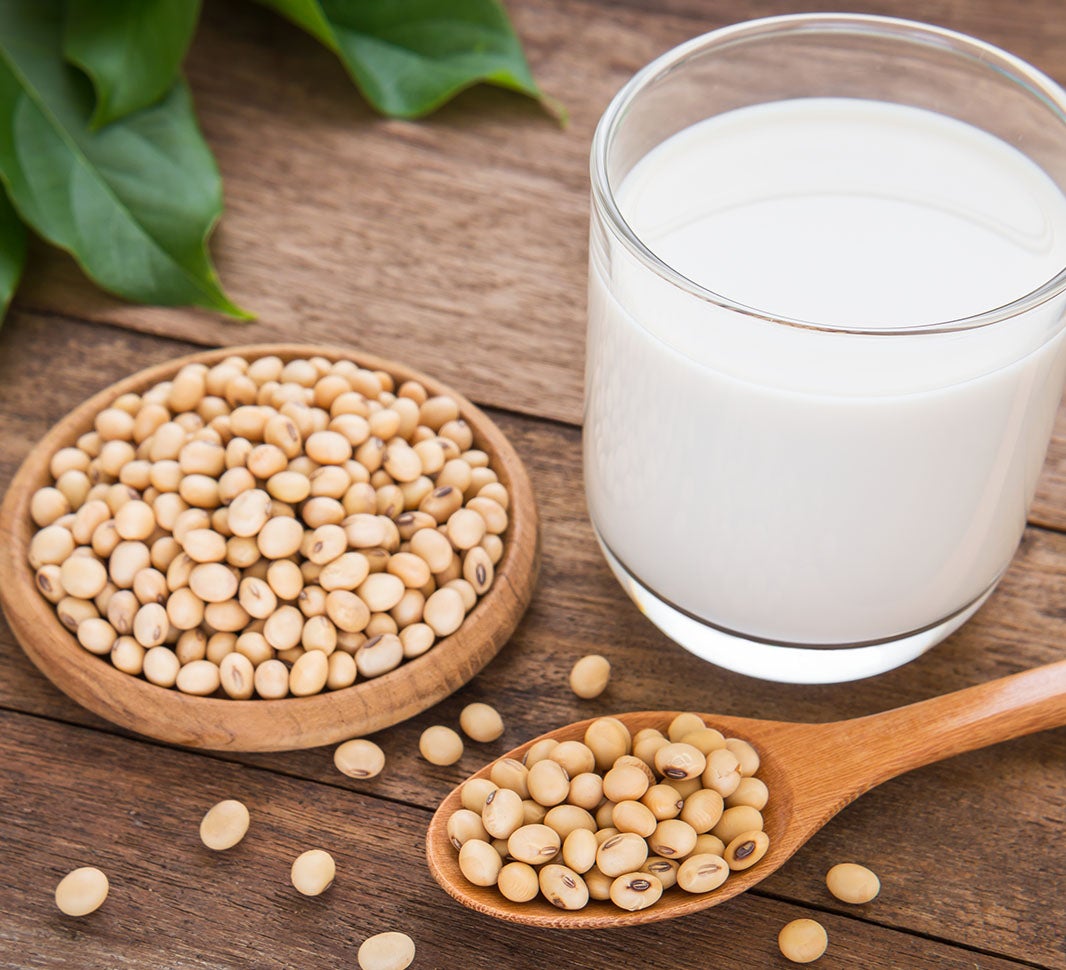
When choosing a non-dairy milk for your coffee, remember that some are sweet, others are bitter or have other strong flavours. Also, each plant or nut-based drink has its own unique texture.

Coconut-based drinks
GOOD TO KNOW...
Coconuts have quite a sweet taste, so these drinks are sometimes blended with other non-dairy alternatives so that they appeal to as many people as possible.
HOW DO THEY TASTE?
Coconut drinks can make your coffee taste sweet, so you might want to test a few different types to find the one that truly tickles your taste buds.
HOW ARE THEY MADE?
They’re made from the white flesh of the coconut, which is usually grated, boiled or simmered, then filtered through cheesecloth. The drinks themselves can be thick or thin, depending on the exact technique and recipe.
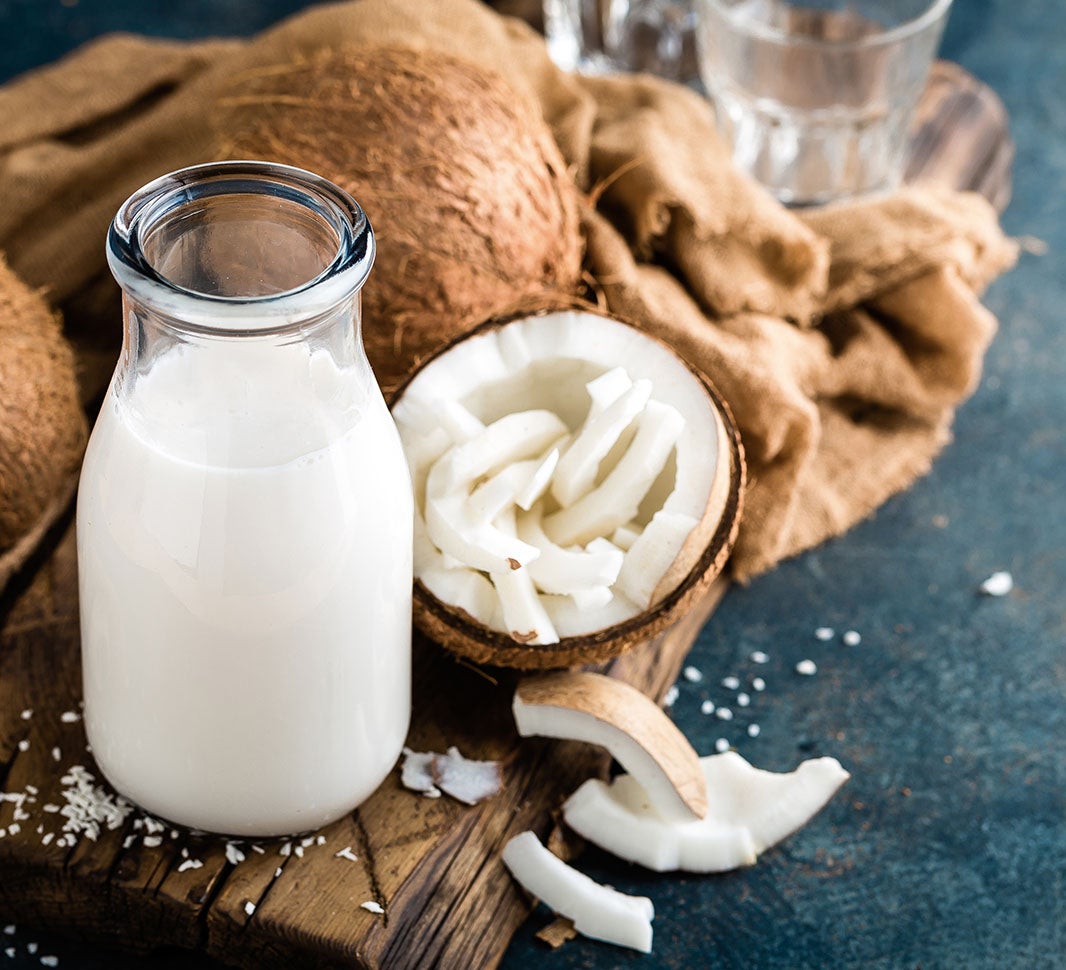
Almond-based drinks
GOOD TO KNOW...
Almonds keep a lot of their distinctive nutty flavour, so an almond drink might work well for you if you’re happy to change the character of your coffee. Try an almond alternative for yourself: it might just give your coffee a completely new deliciousness.
HOW DO THEY TASTE?
Almond drinks are now a big favourite in barista-run cafés. Some people say they can make coffee taste a little bitter, so it’s a good idea to experiment with different almond drinks to find the one you like.
HOW ARE THEY MADE?
The makers of almond drinks all follow their own unique processes and ingredients, but the basic method is to soak almonds in water, then filter the results to create the final drink.
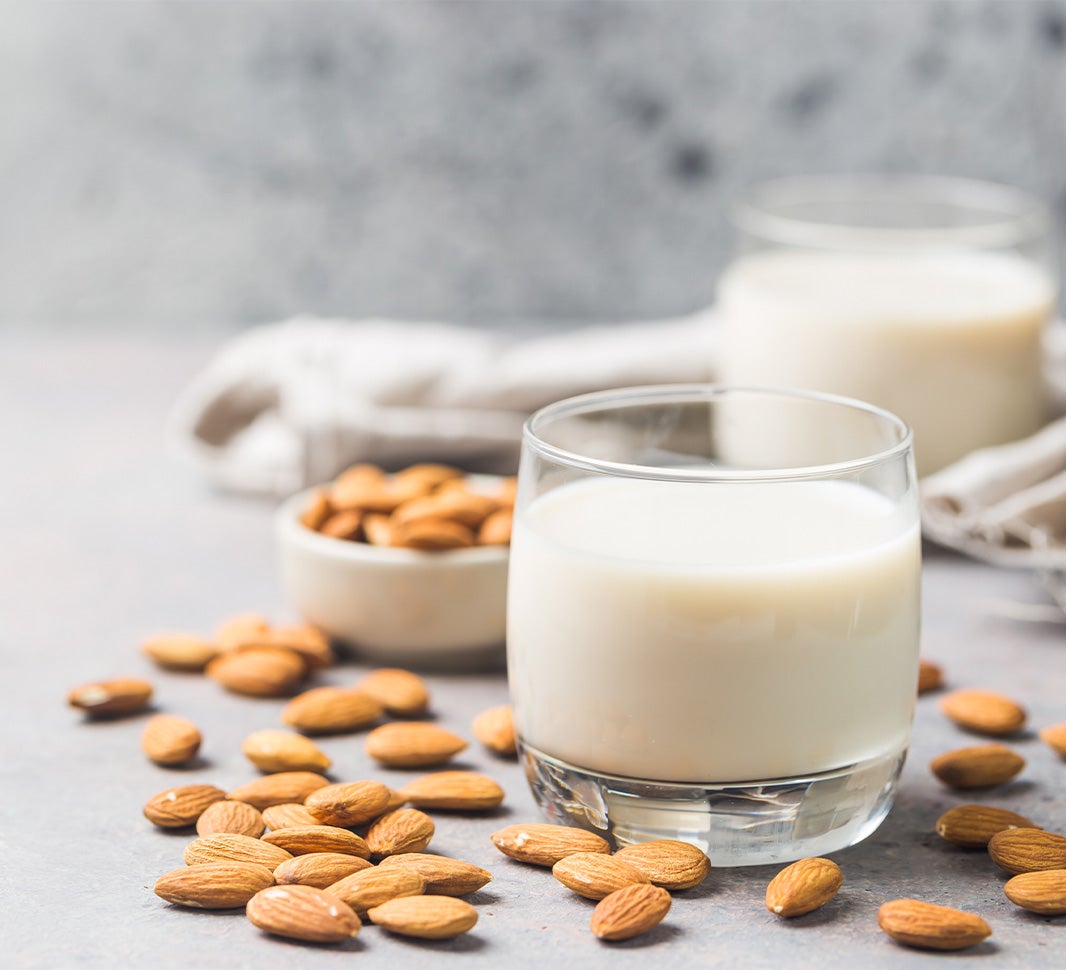
Rice-based drinks
GOOD TO KNOW...
Some people say that rice-based drinks can be a bit watery, but that might be exactly what you’re looking for. Everyone’s tastes are different, so why not give them a try?
HOW DO THEY TASTE?
Rice-based drinks don’t have much flavour, so they shouldn’t change the taste of your coffee much. However, they’re not very creamy, so the texture of your coffee perhaps won’t feel as luxurious.
HOW ARE THEY MADE?
They’re usually made from brown rice, which is milled, diluted with water and then filtered.
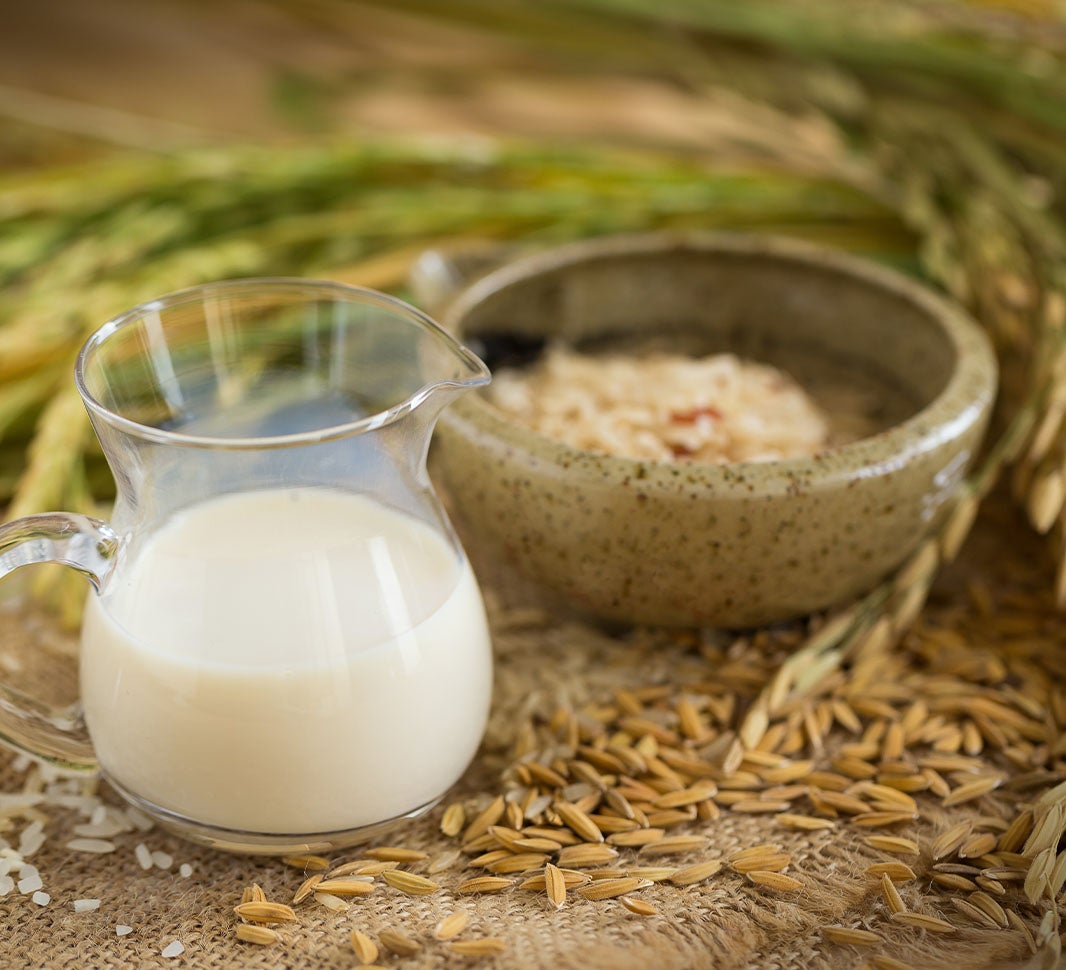
Find your favourite plant-based drink
There’s such a huge variety of non-dairy drinks, one of them is sure to be right for you. It might just take some experimenting to narrow down your favourite!
If you like...
- Neutral-tasting coffee: try oat-based drinks, as they really can taste similar to milk.
- Highly flavoured coffee: give almond-based drinks a go. You can use the almond flavour to create your very own nut-inspired taste
- Lovely thick foam: go for almond- and oat-based drinks. Their particular blend of plant proteins builds a strong foam that’s great for latte art.
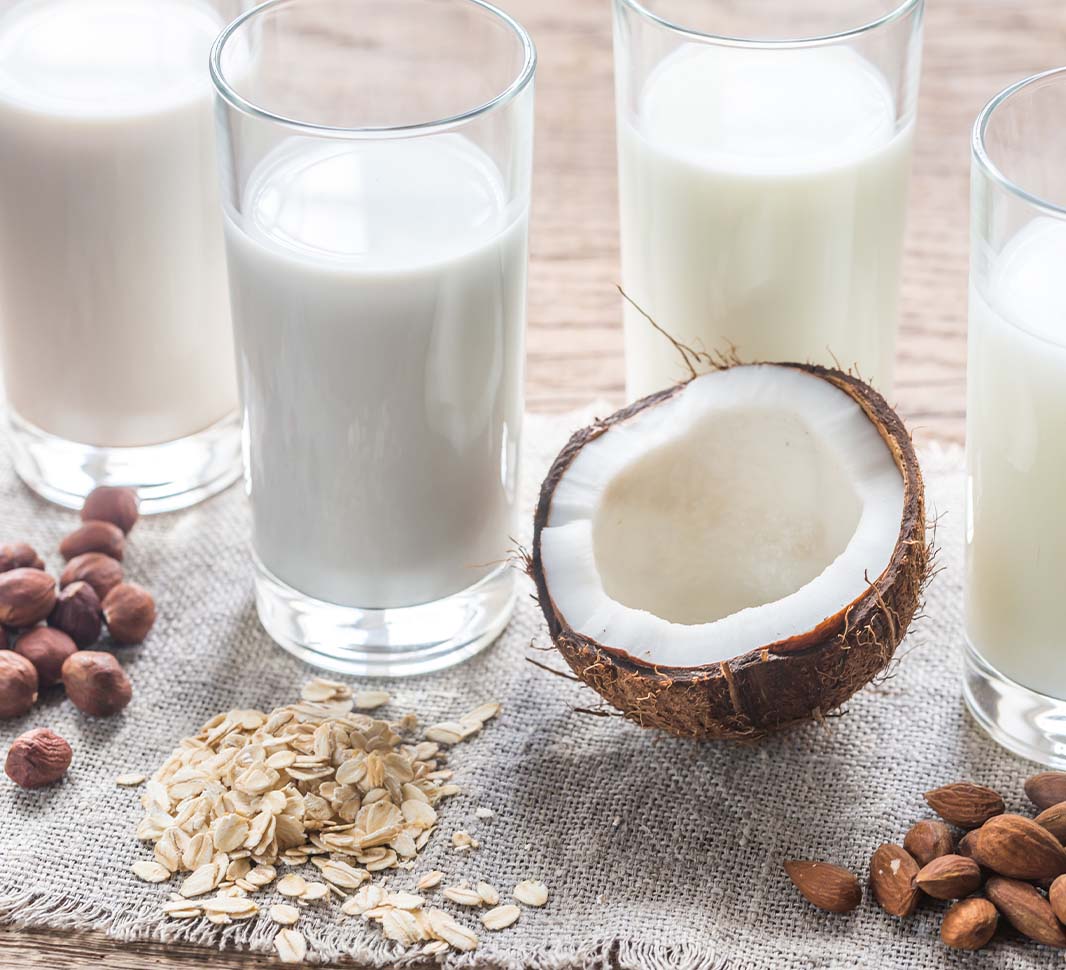
Which is best for latte art?
Traditionally, the foam that baristas create comes from the proteins in dairy milk. So, if you use a plant-based drink instead, the results will usually be different. Baristas definitely prefer almond and oat drinks. But take your time to experiment. If you’re going to make latte art at home, we recommend trying several different drinks to find the one that foams best using your equipment.
Whatever your reason for choosing plant-based alternatives, there’s a world of inspiring alternatives to help make your coffee your own. Want to learn more? Try these 6 plant-based alternatives for coffee.
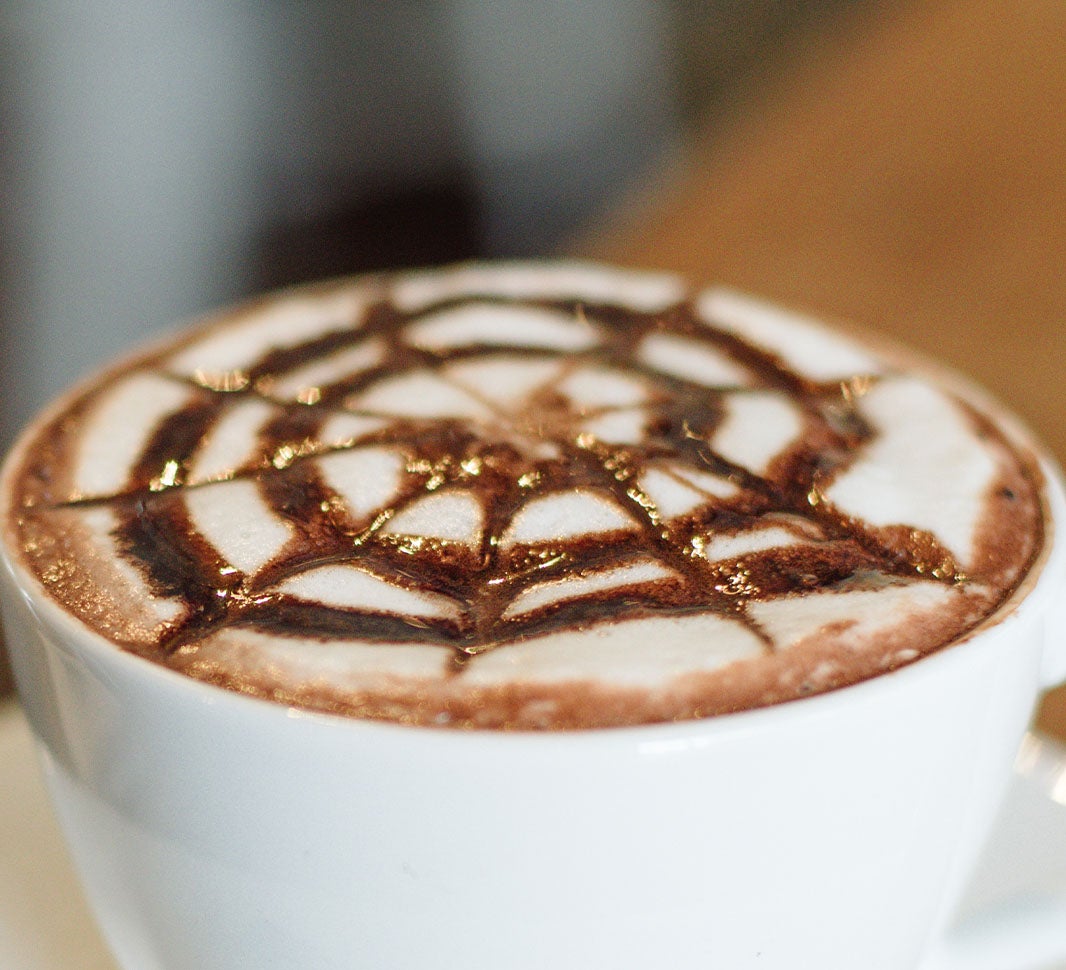
Today’s community favourites
Discover some of the most enjoyed articles from across the site

Sustainability
At NESCAFÉ® we see every day as a new opportunity to inspire
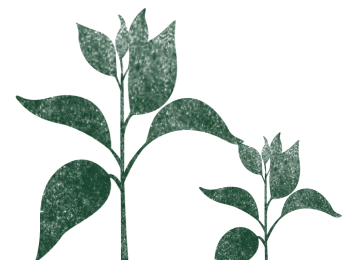
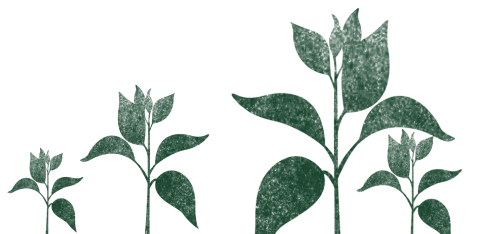
Better blends for a better world
Empowering women in coffee farming
Fuelling a journey
Dorotee grew up in the mountains near Lake Kivu in the village of Kiguri, Rwanda, where both of her parents were coffee farmers. “I used to help my parents with harvesting and processing of their coffee,” she explains. “After selling it, they were able to take good care of us.” So, when she started raising her own family, she knew that coffee offered an opportunity to provide. She saved enough money to buy a plot of land with coffee trees on it and began harvesting.

Dorotee’s husband is a security guard who works away from home a lot. This leaves the job of running the farm to Dorotee. “He helps me on the farm indirectly because he pays for the laborers who assist me,” she explains.
When Dorotee first started out on her venture she was not satisfied with her yield. But in 2016 her producer organization started working with the Nestlé Farmer Training Program and the Kahawatu Foundation. What followed was training by top agronomists in best farming practices. “Before working with Kahawatu, I was producing 500 kilograms or less from 700 coffee trees (about 1-2 acre),” Dorotee explains. “Now I’m expecting to produce around 600 kilograms”.
But one good yield does not guarantee the long-term success of a coffee farm. The program is dedicated to genuine continuity. “They followed up with us and we also learnt how to plan well and reinvest the income from coffee,” says Dorotee. “We need to plan for hiring labour, buying materials and for harvesting the next season.”
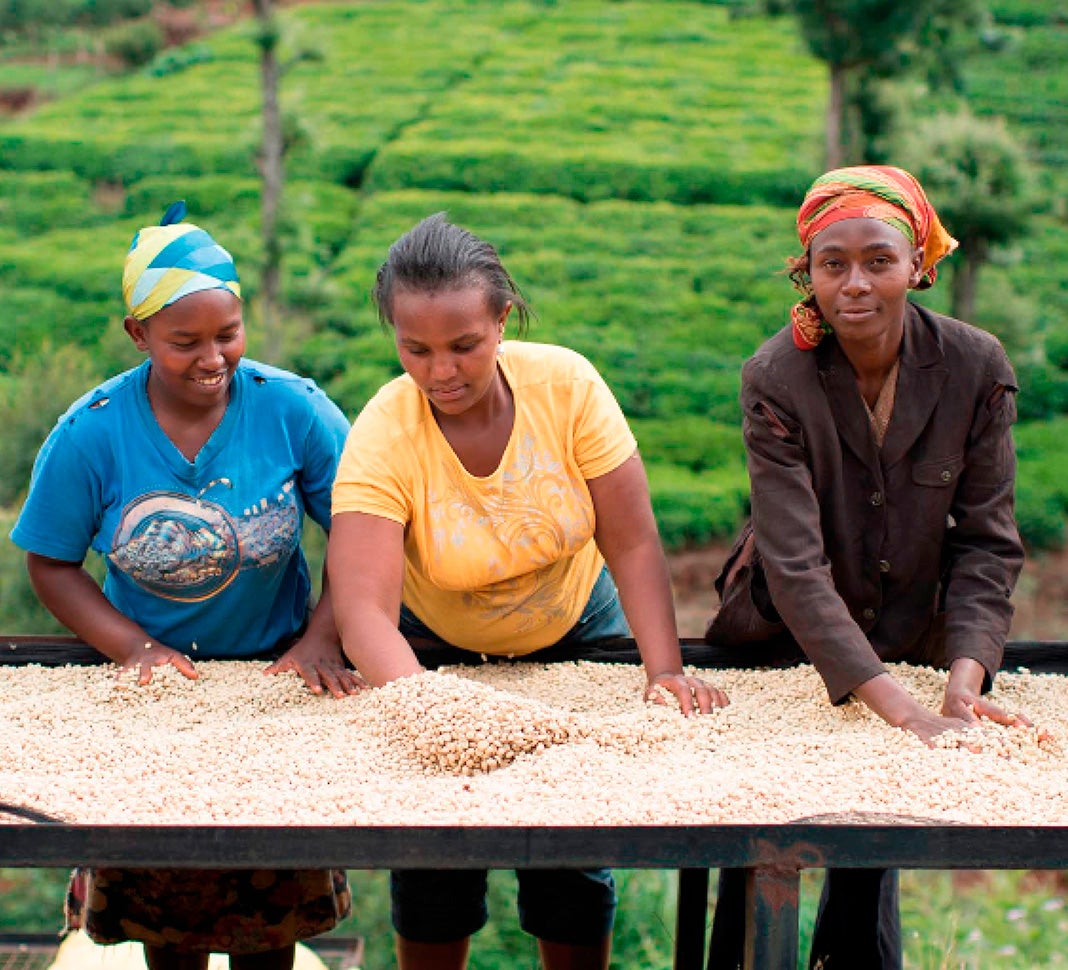
“The Kahawatu Foundation is helping to make us better farmers. But the real benefits of partnering with them is that it has enabled me to take care of my children’s wellbeing...”
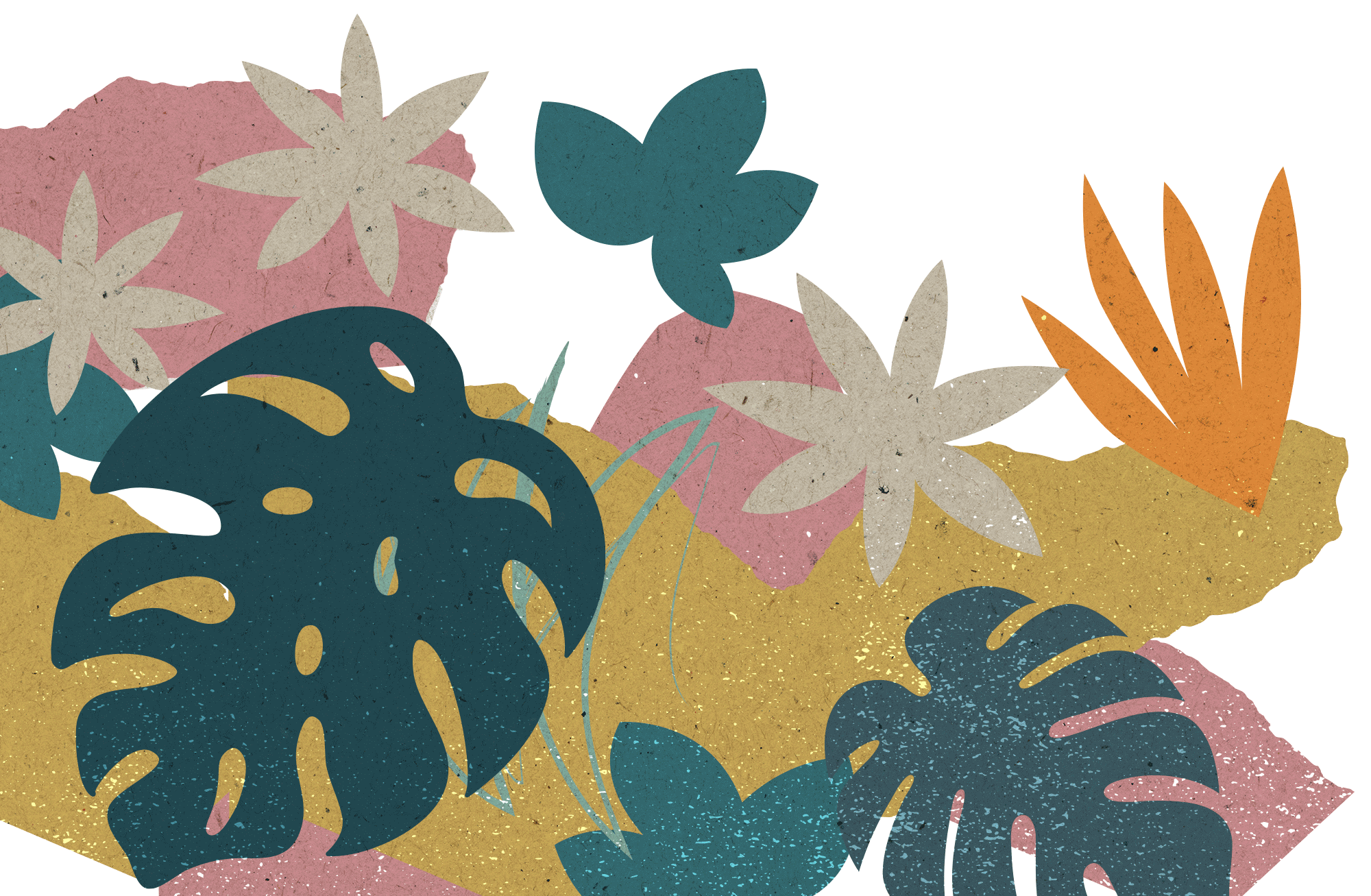
Time to rise
It is also key that women are empowered to take leadership positions in farmer groups and on boards of local farmer organisations. Dorotee enjoys sharing her learnings with her farming community.
This knowledge sharing is exactly what Nestlé hope to achieve on a global scale through the empowerment programs in Rwanda and other countries such as Kenya. We hope the various learnings can be rolled out in the future across East Africa.
Thanks to the efforts of Dorotee and female farmers like her, there will be girls who don’t leave school early because they can see a different future; children who don’t end up being a field worker because their mother can afford to give them a chance to go to school; families that don’t go without, between coffee harvests, because income and nutritional sources are diversified.
“The Kahawatu Foundation is helping to make us better farmers. But the real benefits of partnering with them is that it has enabled me to take care of my children’s wellbeing,” says Dorotee. “I’ve been able to buy them school uniform and pay for them to go to school. I have big hopes that, thanks to coffee, I will be able to pay for their education until they all finish their studies. I am a happy woman in a happy home because of coffee."
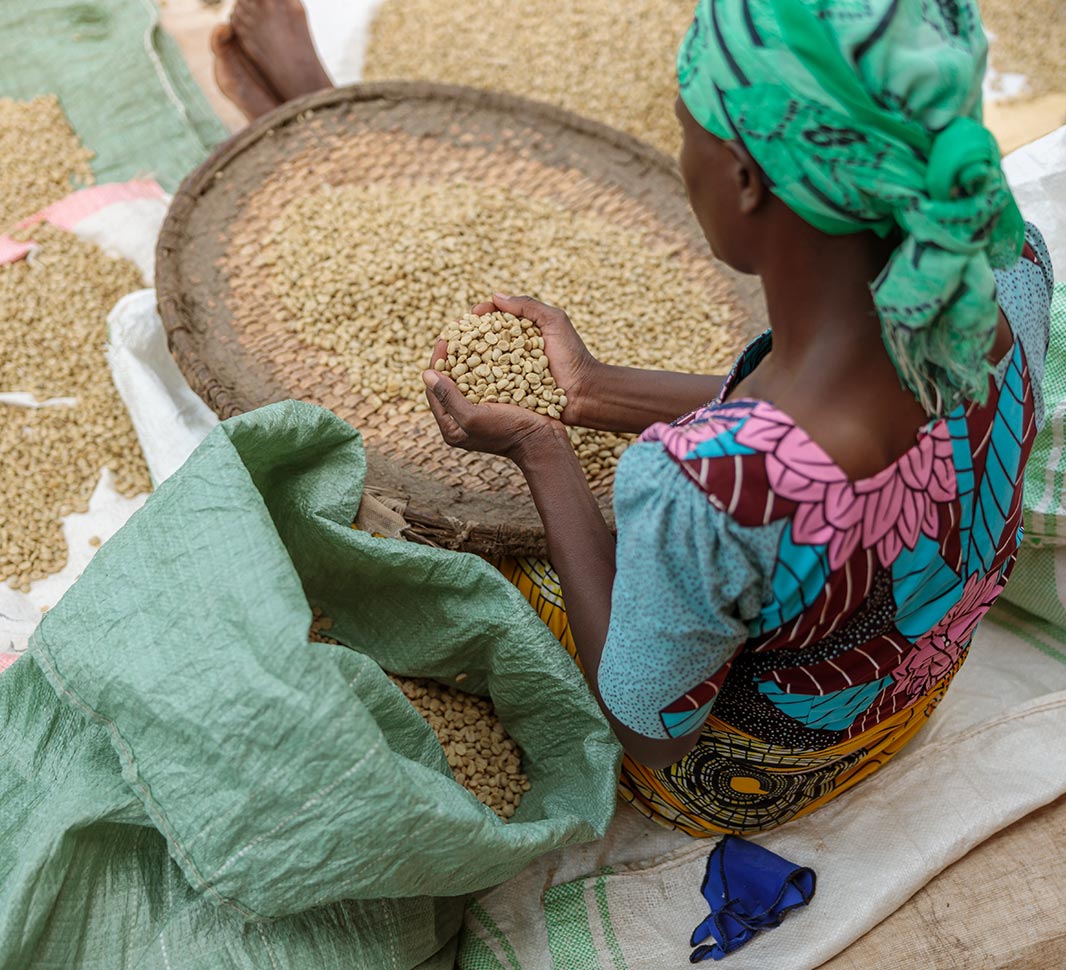
Today’s community favourites
Discover some of the most enjoyed articles from across the site

Inspiring and training coffee farmers of the future
Helping grow futures – Farmer education in Honduras
Honduras has one of the world’s youngest populations, with around 65% of Hondurans under 29. In June 2019, NESCAFÉ® launched a Youth initiative there.
A collaboration with the national government and part of the Nestlé Needs YOUth project, it aims to inspire younger generations to contribute to the success of their coffee-growing communities.
Part of Nestlé’s wider commitment to help 10 million young people worldwide to access economic opportunities by 2030, the NESCAFÉ® Plan aims to provide coffee farming training up to 25,000 young people in Honduras.
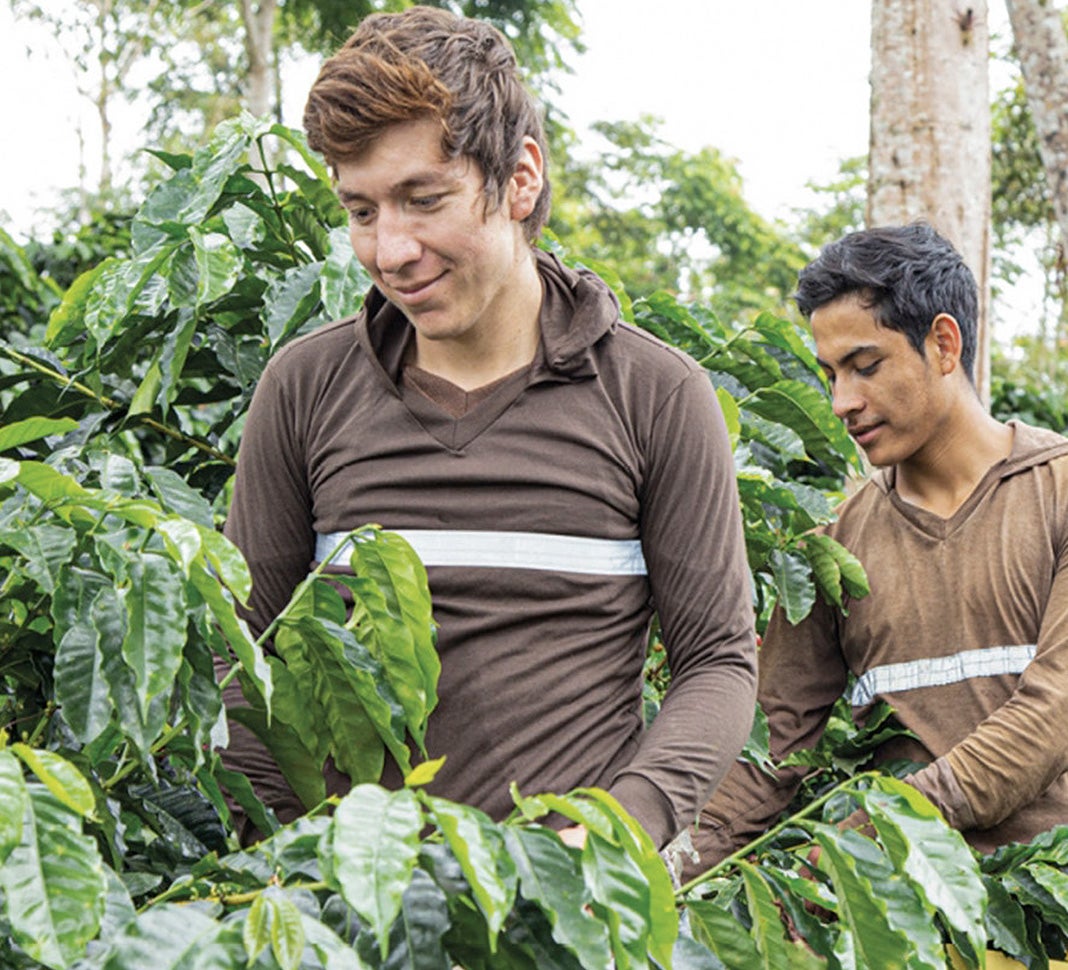
Helping fuel hearts and minds with coffee farming training
While studying agricultural topics in his high school, Cesar took the opportunity to join the Youth initiative. “Ever since I was young, I used to dream of who I would become and the goals I might reach,” he explains. “Here in Comayagua, I knew that coffee was my future”. He jumped at the opportunity.
With classes held at Coffee Quality Competence Centres like the one in the municipality of La Libertad, as well as remotely, the 80-hour training program teaches coffee knowledge and entrepreneurship.
An on-site plant nursery and a solar drier allows for hands-on lessons about cultivation and harvesting. A designated preparation area allows students to learn about coffee properties, extraction methods, roasting, grinding and cup tasting.
A holistic approach to farming sees the students schooled in running a modern business. Alongside lessons in husbandry, harvesting and crop care, they learn about engineering techniques, methods for improving coffee quality and computer skills.
“One of our best modules was about motivation and perseverance,” says Cesar. “That really resonated, because we were all balancing the stresses of home and school. We had excellent talks about leadership, innovation, and entrepreneurship. It was incredible to feel the support of people who did not ask for anything in return."
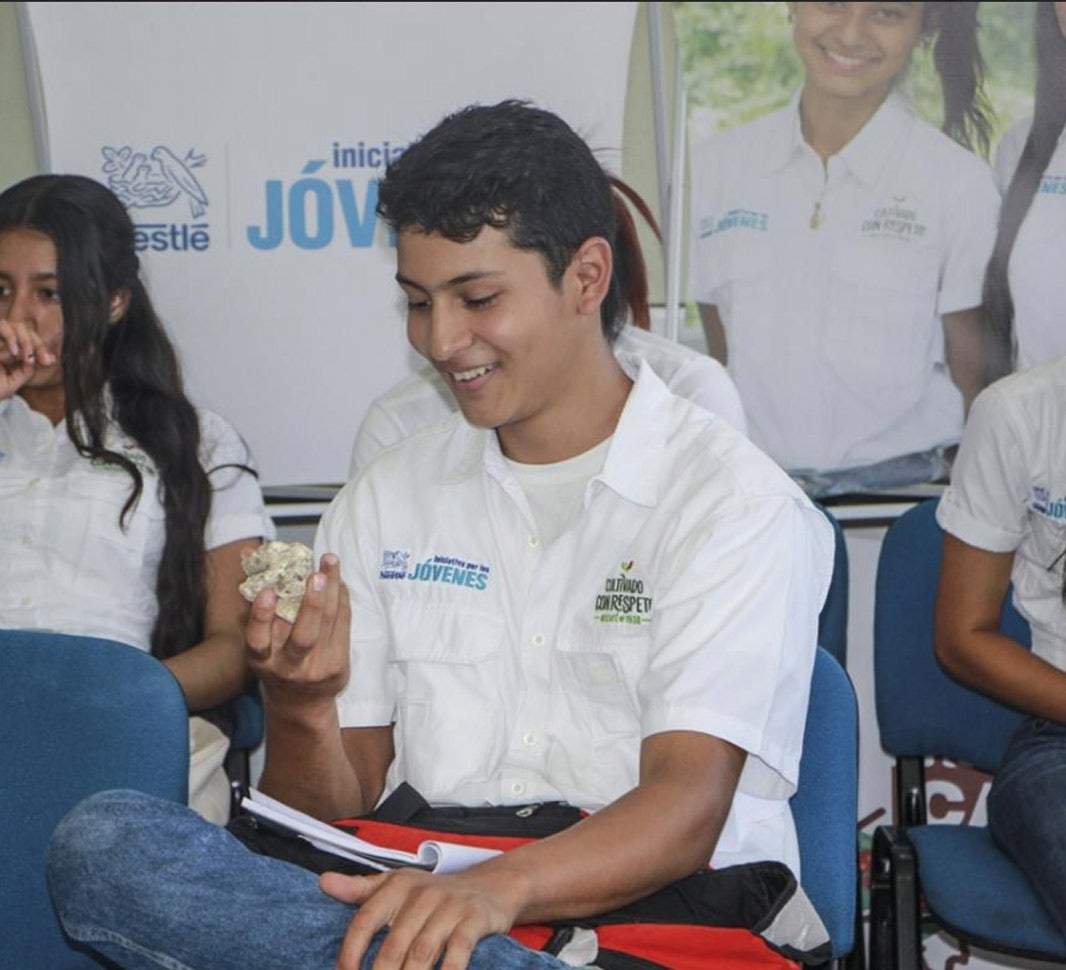
Nestlé is committed to helping 10 million young people worldwide to access economic opportunities by 2030

Brewing a brighter future
Following the initiative, a new generation of farmers feel fully invested in the farmland of their ancestors. “Most of us come from coffee producing families, but the challenge is that we inherit land along with other grandchildren, children and cousins,” says Cesar.
"We lack theoretical and practical training when it comes to farm management. We let older people worry about it, and production has declined. Coffee is something that many young people see as obsolete. Thanks to the program, I have a different vision of what I want for my farm.”
The collective learnings, shared among youth training programs in coffee, accelerate and expand the programs started by the NESCAFÉ® Plan in countries like Mexico and Colombia. “I think about a future in coffee, but not just in terms of an income,” says Cesar.
“It’s a culture, a patrimony, an inheritance, and our family. It will always form a part of me and our community. The difference is, I don’t feel I have to be bound by tradition".
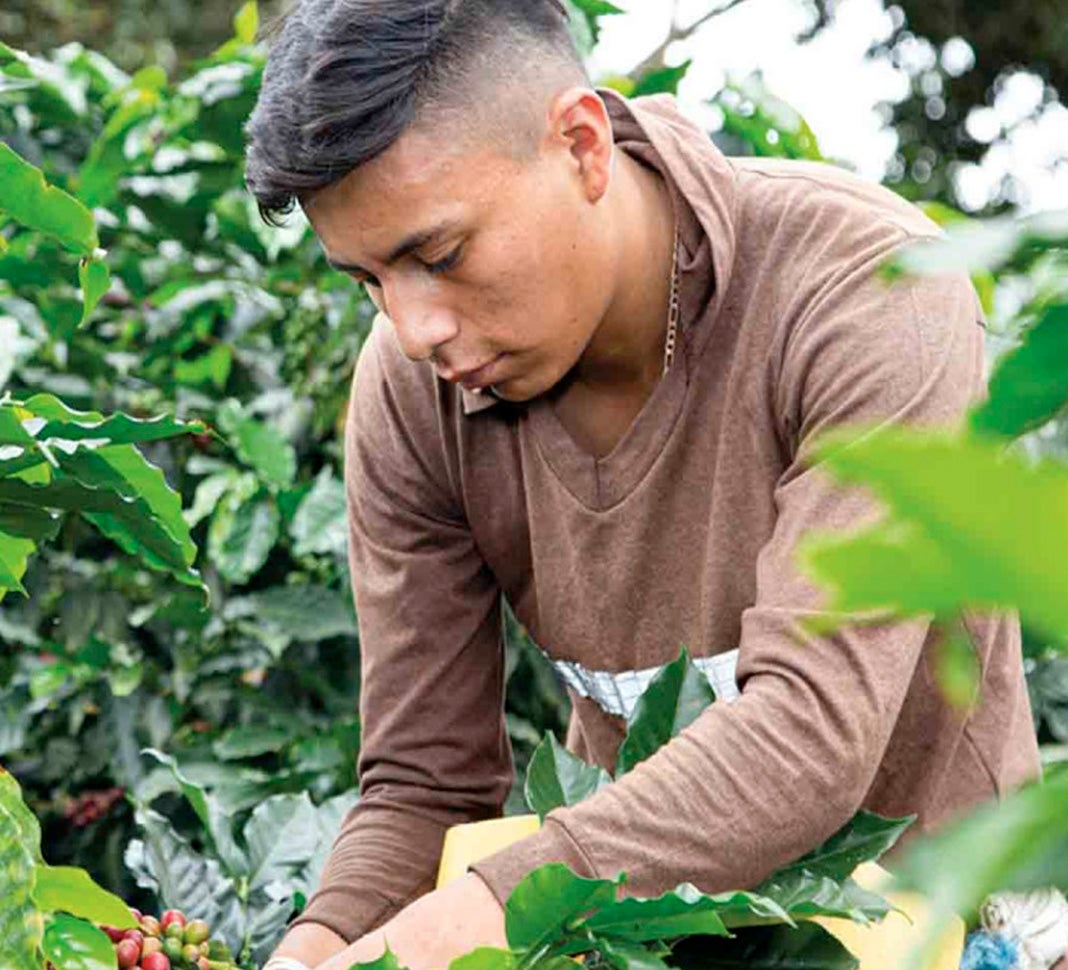
Today’s community favourites
Discover some of the most enjoyed articles from across the site

What is a macchiato?
Indulge yourself
"In Italian, the term ‘macchiato’ translates as ‘marked’ or ‘stained’, meaning a stained or marked coffee. The macchiato is an espresso coffee drink, topped with a small amount of foamed or steamed milk to allow the taste of the espresso to still shine through.
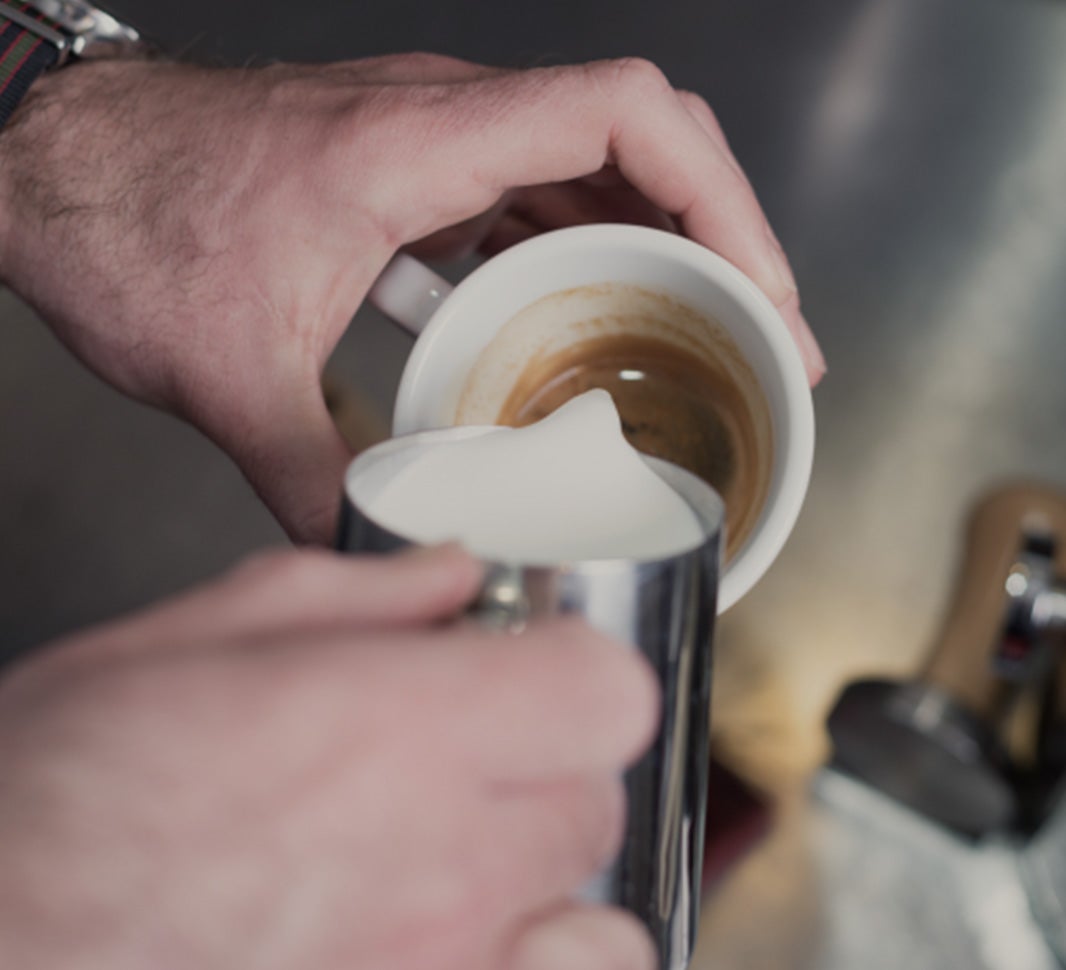
Macchiato origins
The origin of the name ‘macchiato’ stems from baristas needing to show waiters the difference between an espresso shot and an espresso with a bit of milk in it. As the latter is ‘marked’ or ‘stained’ by the addition of milk, it was quickly given its name to tell them apart. Unlike the cappuccino that was originally created exclusively as a morning drink, the macchiato is the perfect afternoon coffee.

In Italian, ‘macchiato’ translates as ‘marked’ or ‘stained’, meaning a stained or marked coffee.

What does a macchiato taste like?
The small amount of milk used in the macchiato gives this coffee a slight sweetness. However, the combination of sweetness and creaminess of the milk isn’t enough to dilute the strength of the espresso, so some may argue that a macchiato can taste slightly bitter.
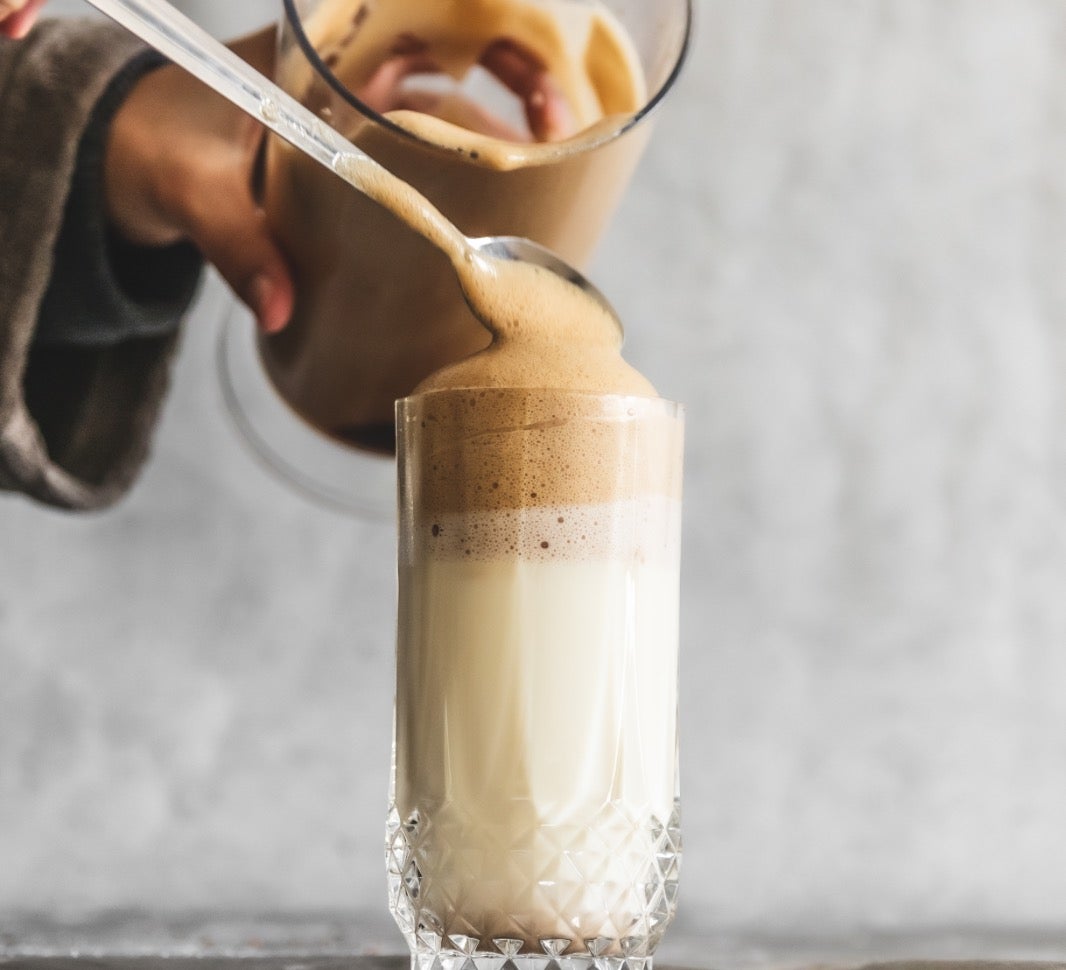
Types of macchiato
There are two main types of macchiato coffee; the espresso macchiato and the latte macchiato.
What is an espresso macchiato?
The original, made with a shot of espresso, diluted slightly by 1-2 teaspoons of steamed milk, which is the ‘stain’. The espresso macchiato has the highest ratio of espresso to milk, and the addition of milk is meant to be complementary, so the espresso can still be very much tasted.
What is a latte macchiato?
A a sweeter, layered espresso beverage. It is made by adding a shot or half a shot of espresso to steamed milk, topped with a milk foam layer. Unlike an espresso macchiato, which is served in a short glass, a latte macchiato is served in a tall glass.
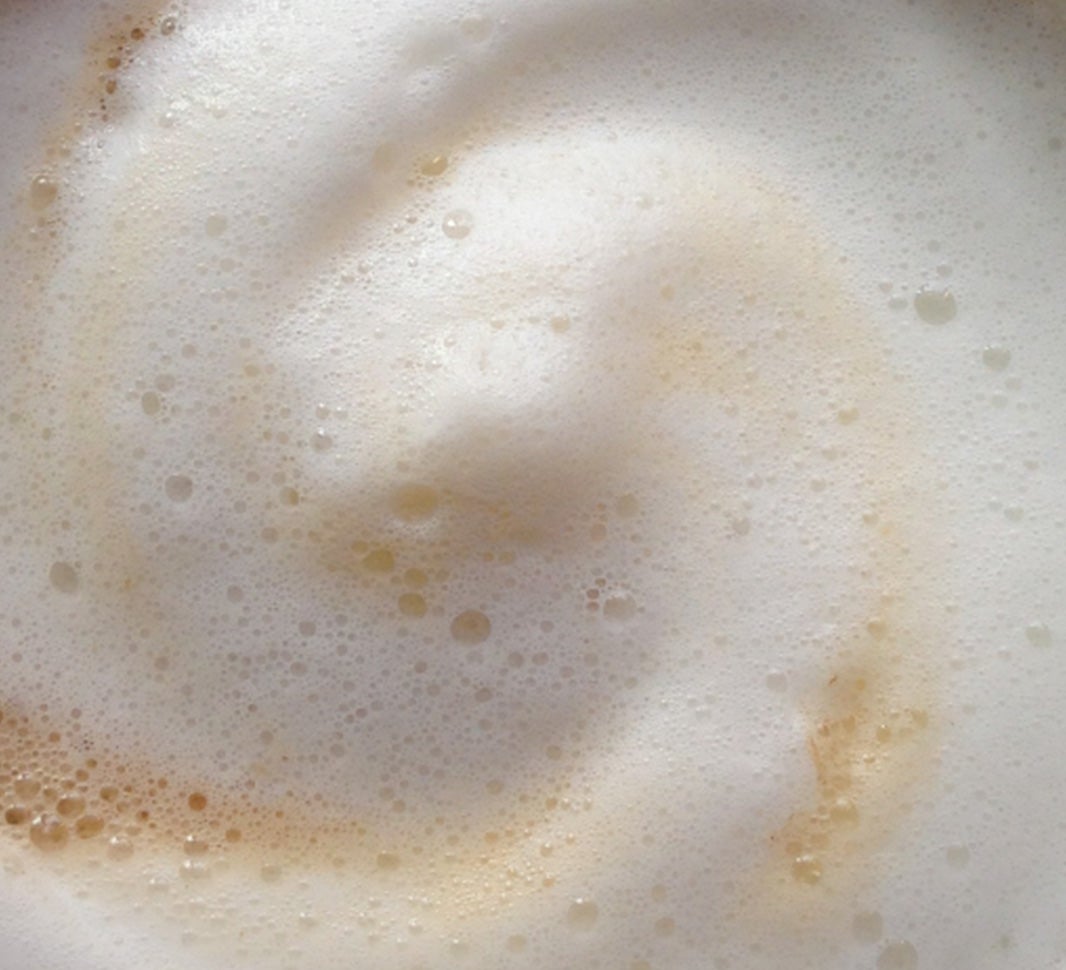
Today’s community favourites

The rich history of coffee
The legend of coffee origin begins in Ethiopia
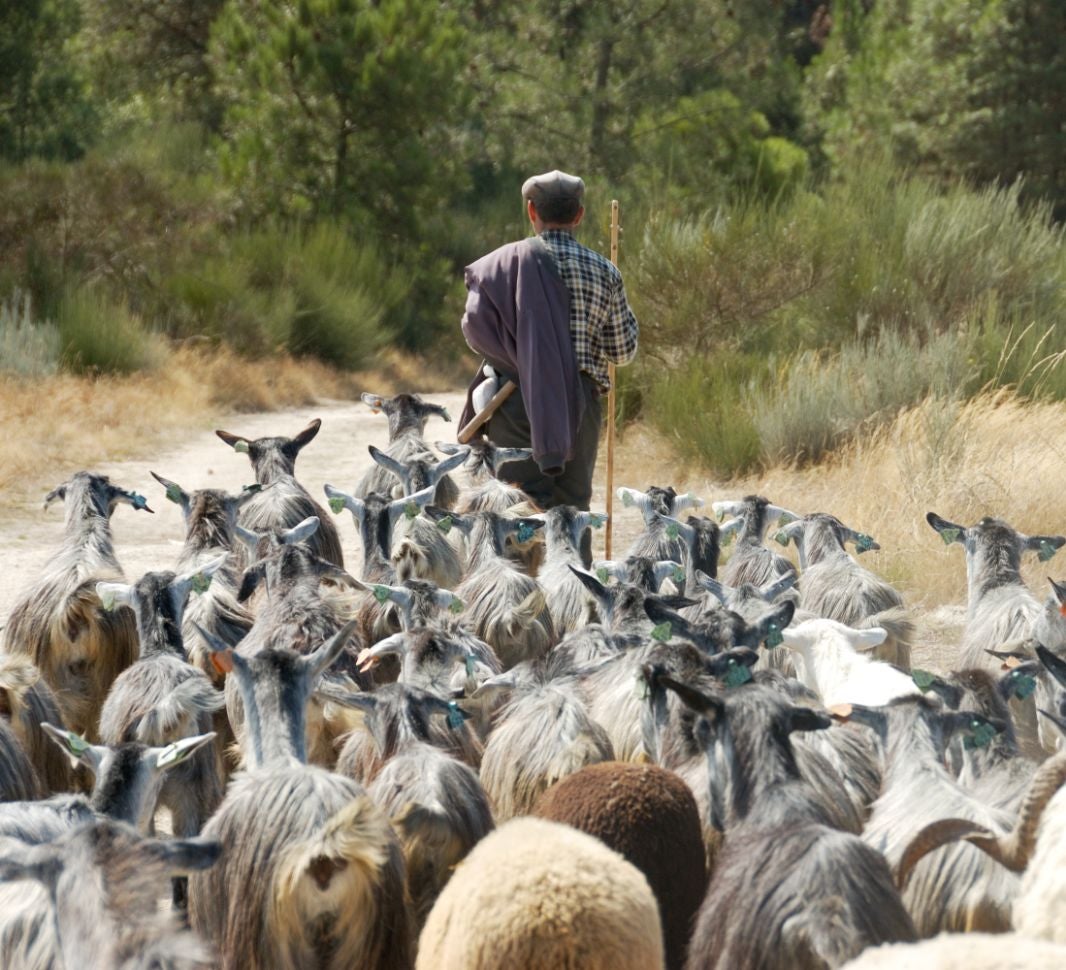
Or does coffee history begin in Yemen?

The world’s first coffee house opened in 1475 in Constantinople, now known as Istanbul. Visitors engaged in conversation, gossiped and caught up on news while enjoying their favourite coffee.

The word quickly spread
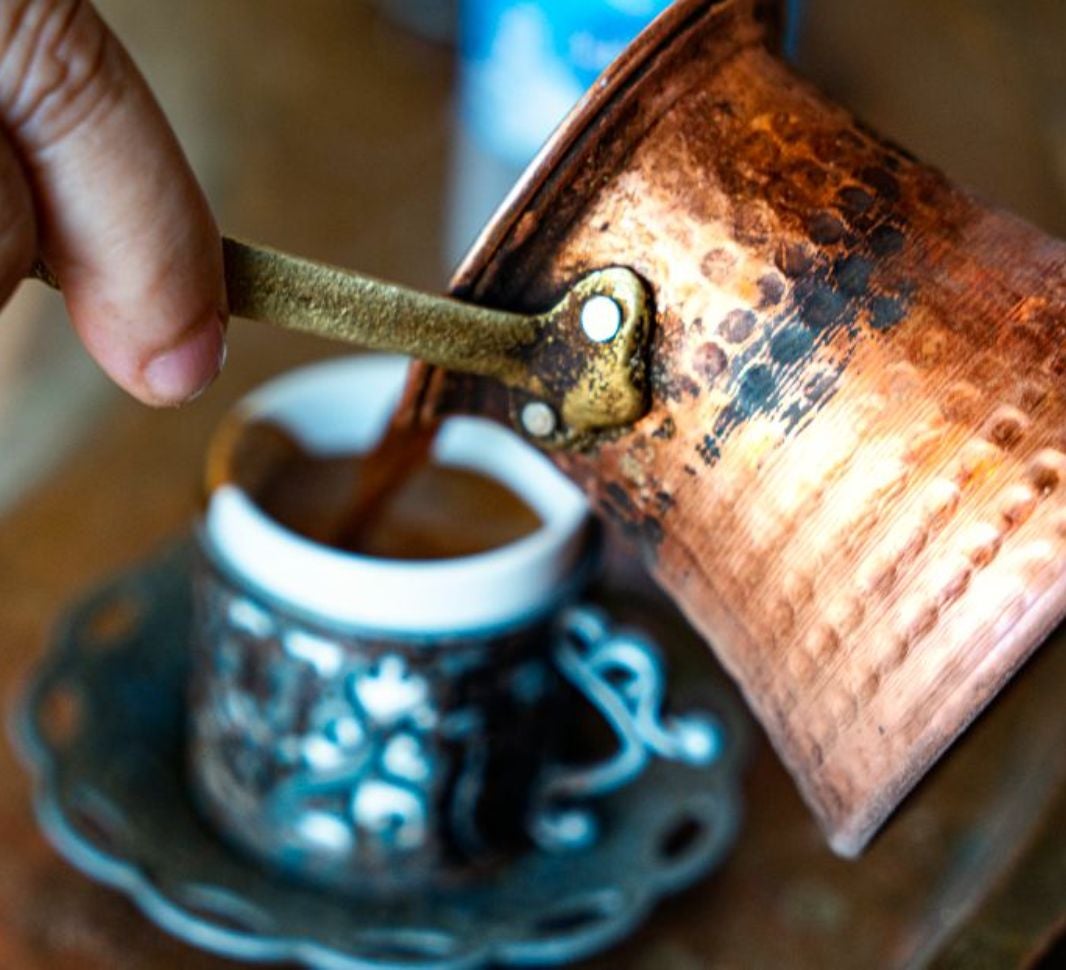
The world’s first coffee house

Over to Europe
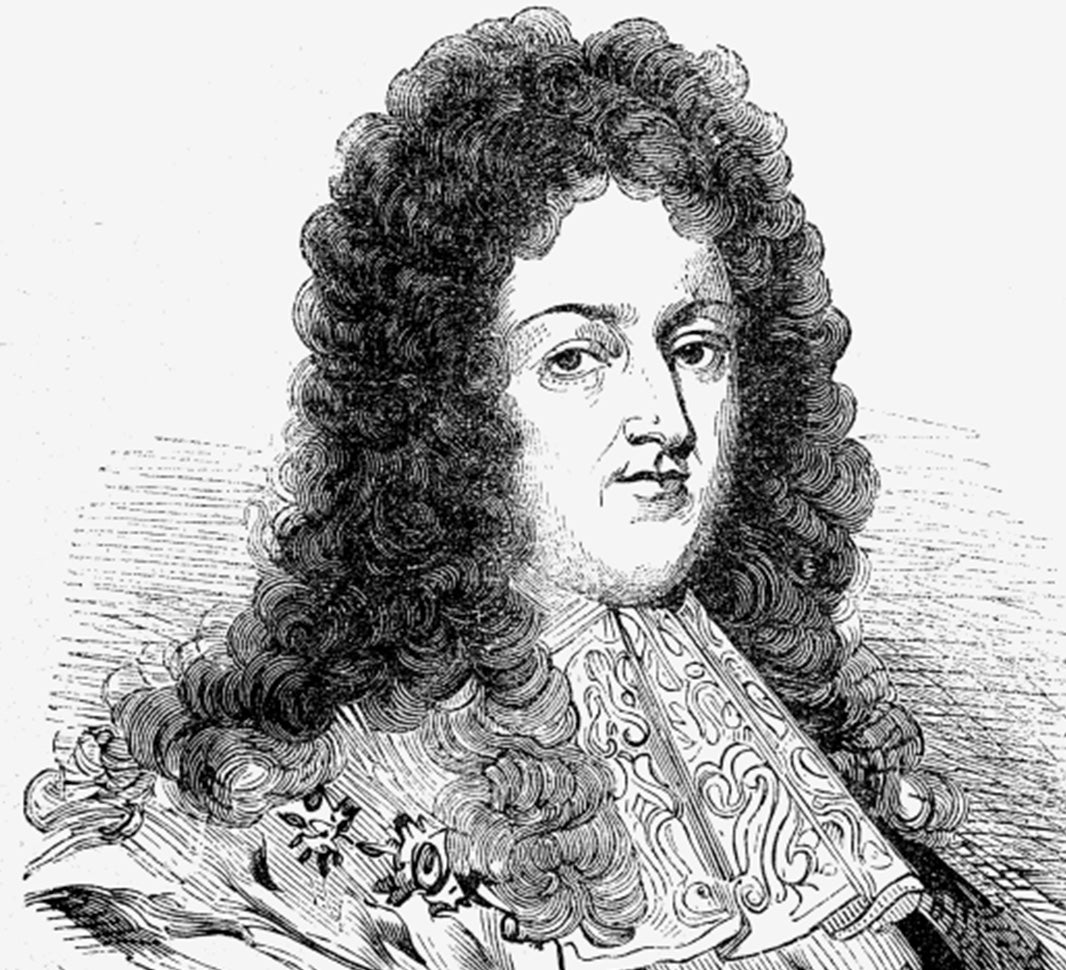
Coffee arrives in Paris

The growth of coffee popularity in Asia
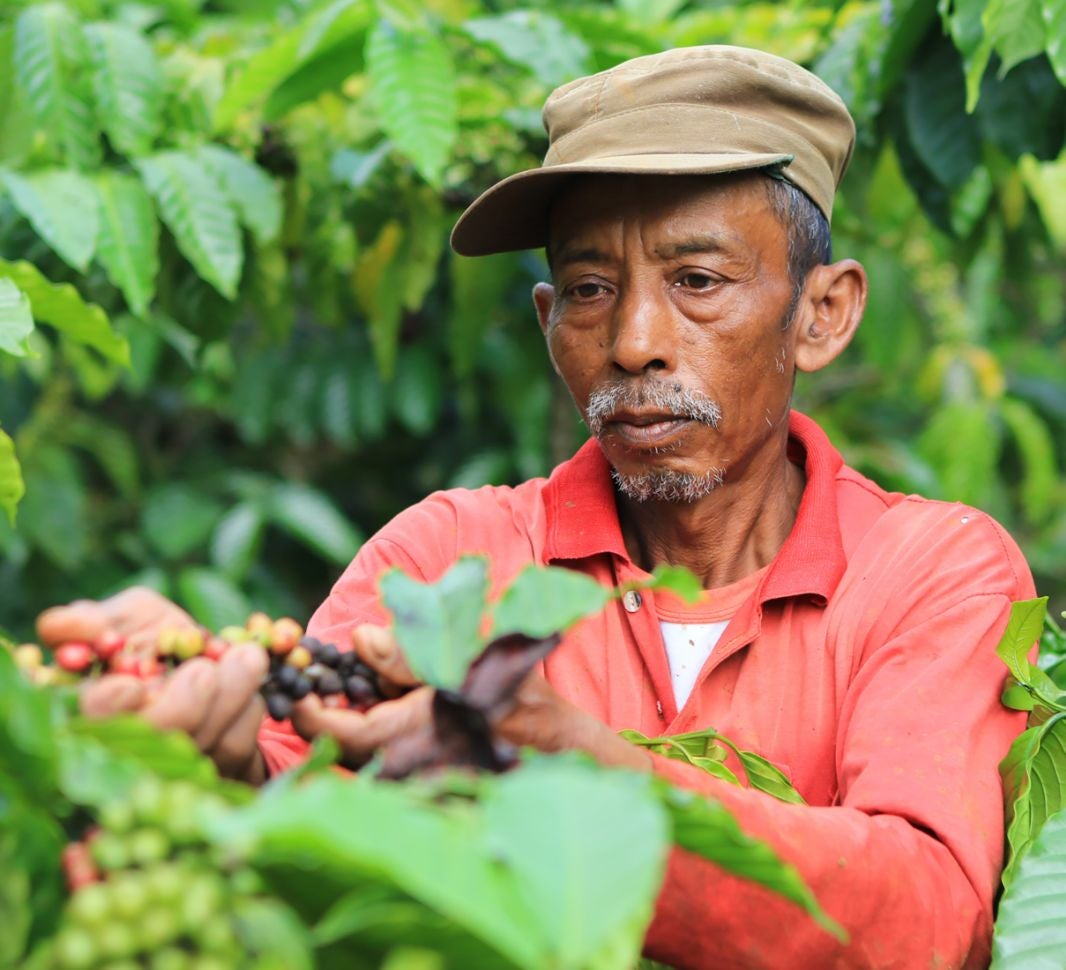
Crossing the Atlantic – coffee origins in the New World

Today’s community favourites
Discover some of the most enjoyed articles from across the site

The Coffee Roasting Process
The reason behind coffee roasting
It may surprise you, but coffee beans aren’t beans at all. Rather, they’re seeds which are found inside a coffee cherry. The coffee plant is a fruit tree and the fruits are similar in appearance to berries. After picking, the skin and pulp are removed and what is left are the seeds or coffee ‘beans’. Prior to roasting these ‘beans’ are green and smell grassy, a far cry from the rich aroma that we associate with coffee!
The coffee roasting process is where the magic happens and the clever little beans develop between 800 – 1000 different aroma compounds to transform into the coffee you know and love. It’s during this process that different roast profiles and flavours are developed and as such, the temperature and time it takes has a huge impact on these flavours as well as on the colour of the beans.
How is NESCAFÉ coffee roasted?
In every roasting method, the energy source for roasting coffee beans is hot air. There are currently three main coffee roasting processes used:
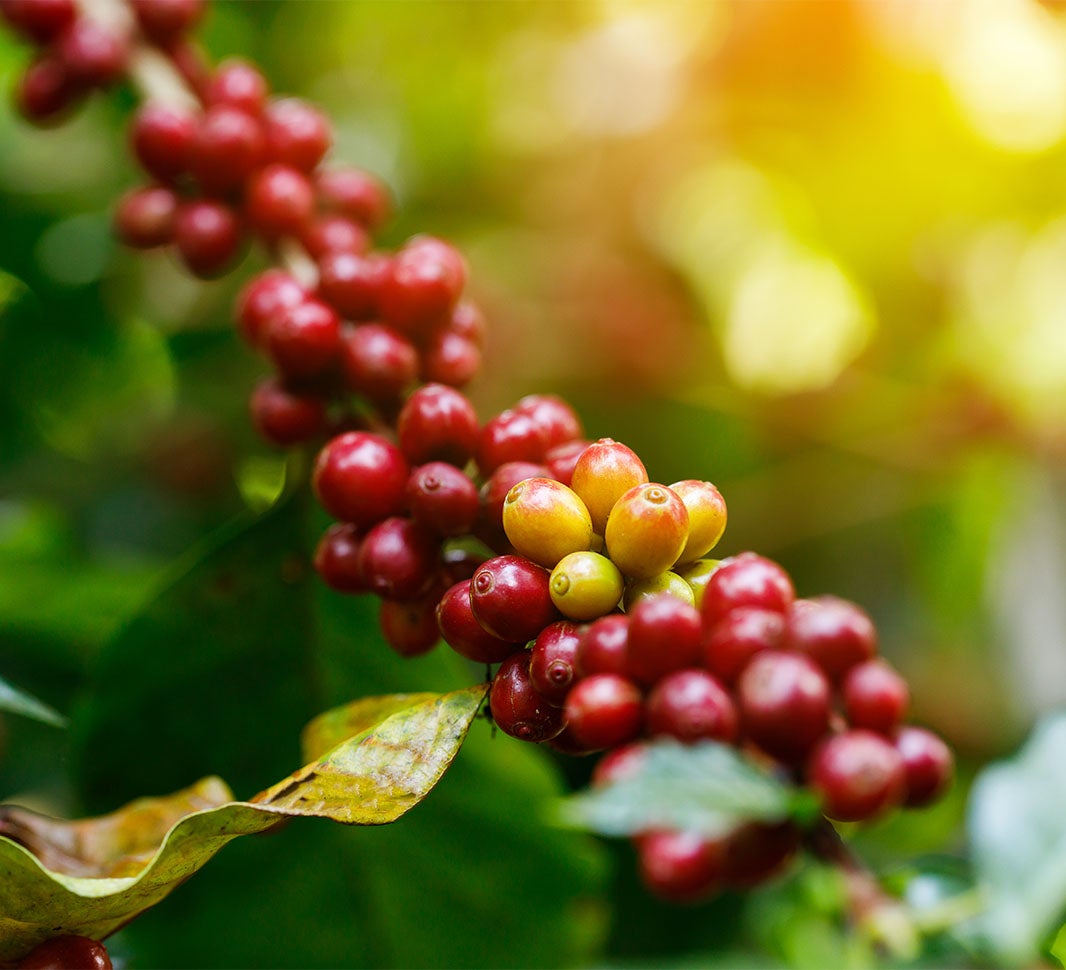
1. Drum Roaster Method
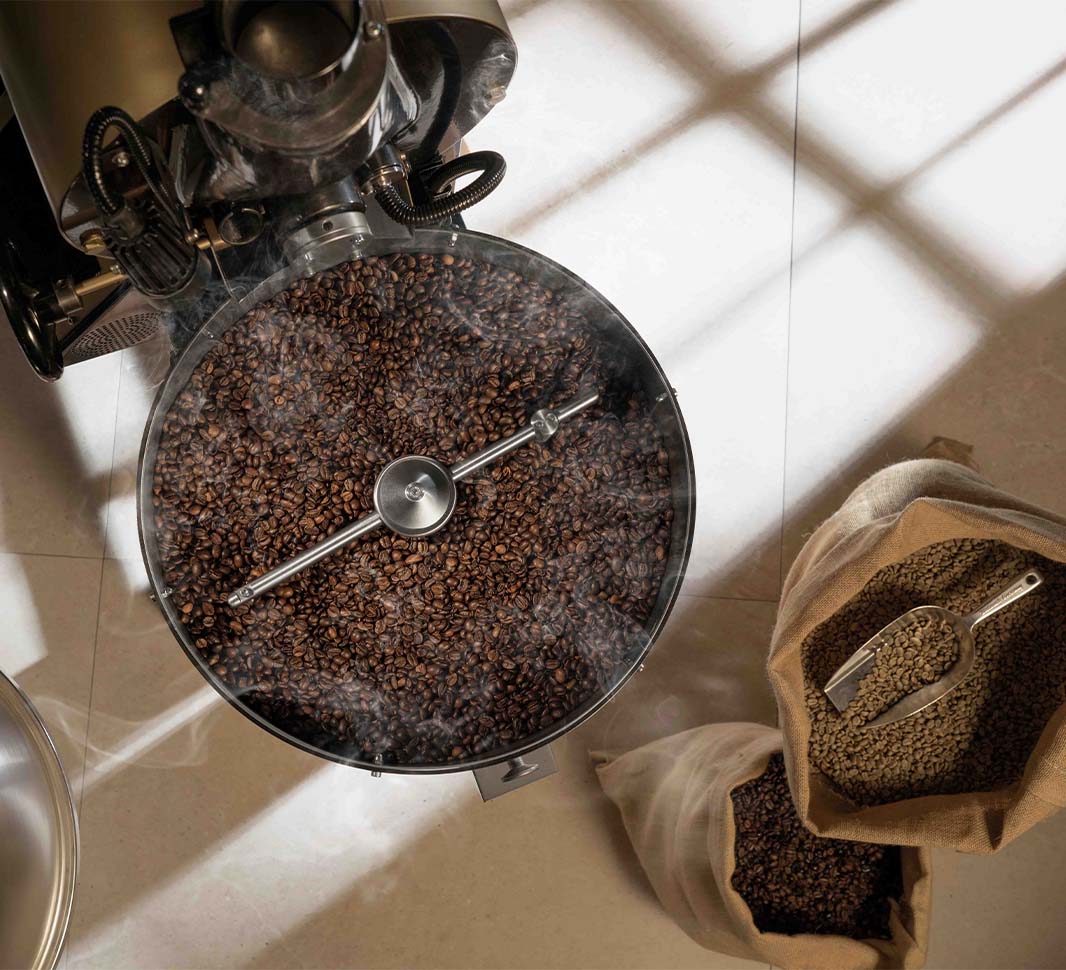
2. Paddle Roaster Method

3. Fluid Bed Roaster Method
Likened to the action you see in hot-air popcorn poppers, fluid bed roasting involves the beans rolling over in superheated air that passes upward fast enough for them to behave like a fluid. As all the beans are immersed in the stream of heat, the roast is typically very even, consistent and easy to reproduce. Another great aspect to this method is that unwanted by-products such as burnt chaff, undersized or broken beans get expelled by the hot air draft, allowing for a clean roast. Additionally, some fluid bed roasters feature forced air cooling outside the roast drum, providing the beans with almost instant cooling to prevent the beans cooking further.
Believe it or not, this preparation before the roasting process does affect the taste! When dried naturally, you can expect fruitier flavours due to the fermentation of natural sugars in the pulp. A washed process however, offers more vibrant flavours. This is because it removes all the pulp and fruity sugars which have an impact on the bean, leaving the pure coffee bean flavour to come through more strongly.
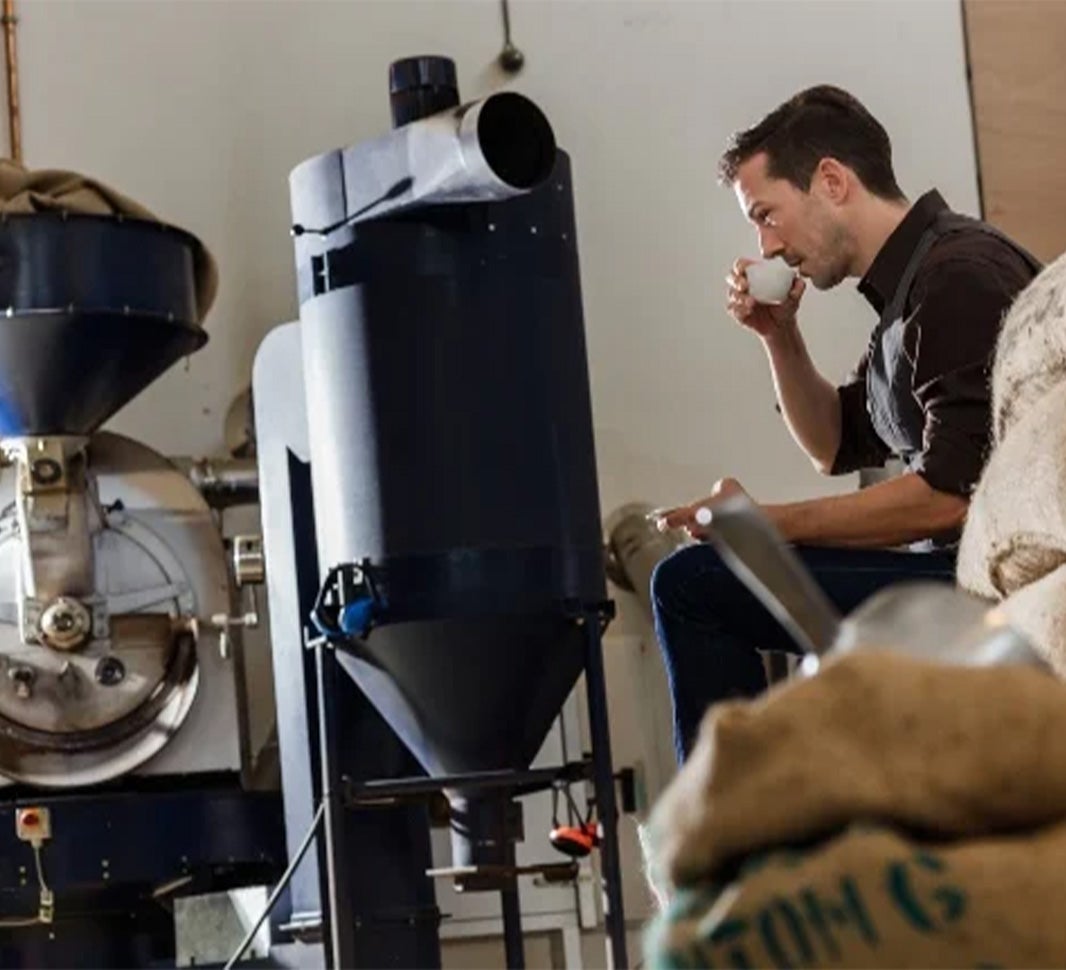
The coffee roasting process
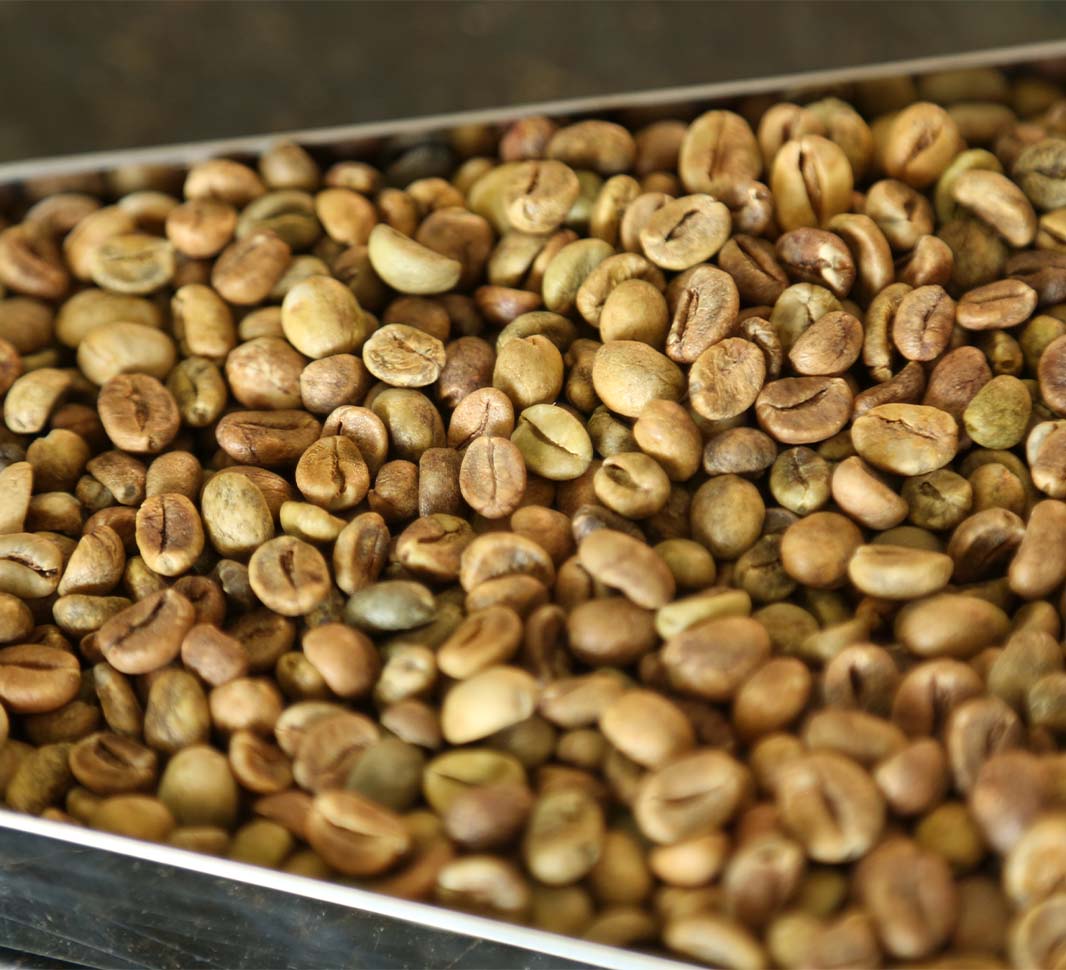
1. The drying stage
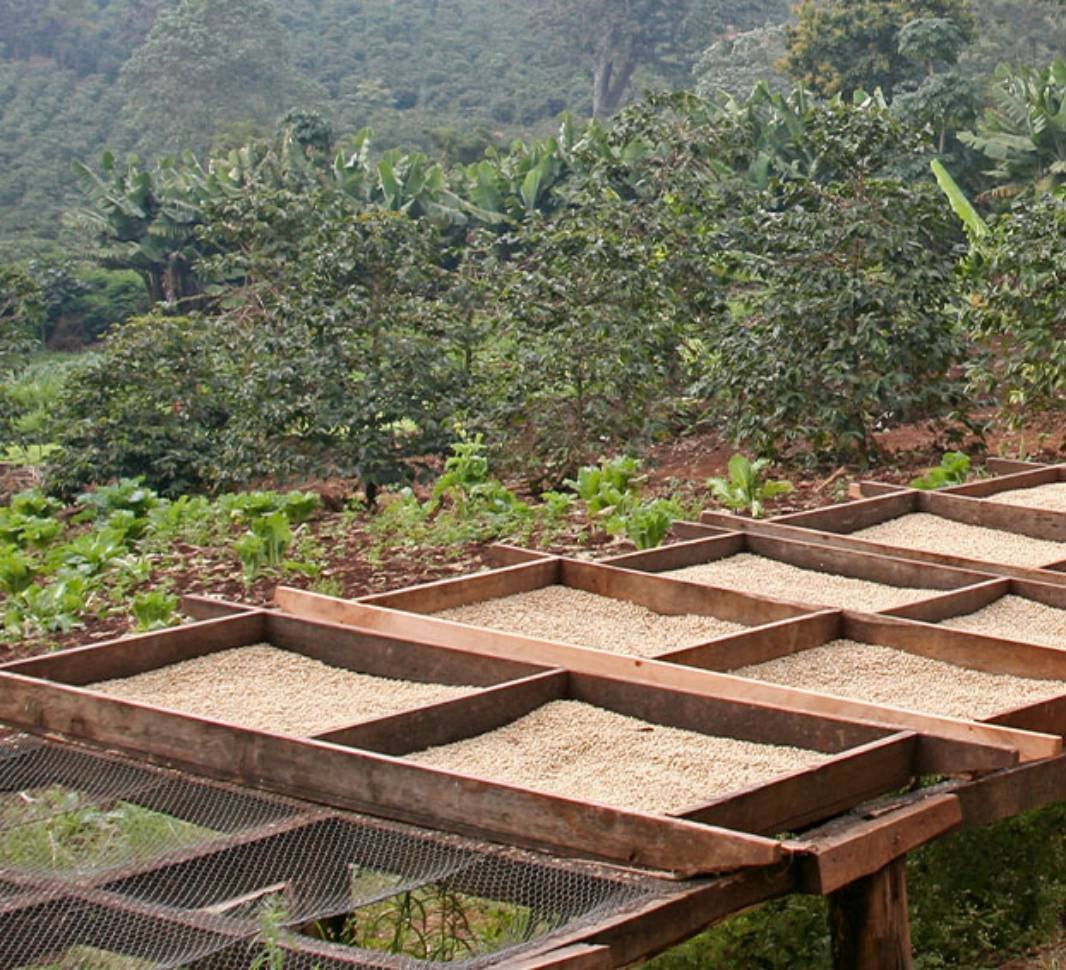
2. The browning stage
If a more balanced flavour and aroma is appealing to you, try our NESCAFÉ® GOLD BLEND. It's smooth, rich, yet well-rounded. Or, perhaps NESCAFÉ® AZERA Americano is for you, with its irresistible velvety crema.
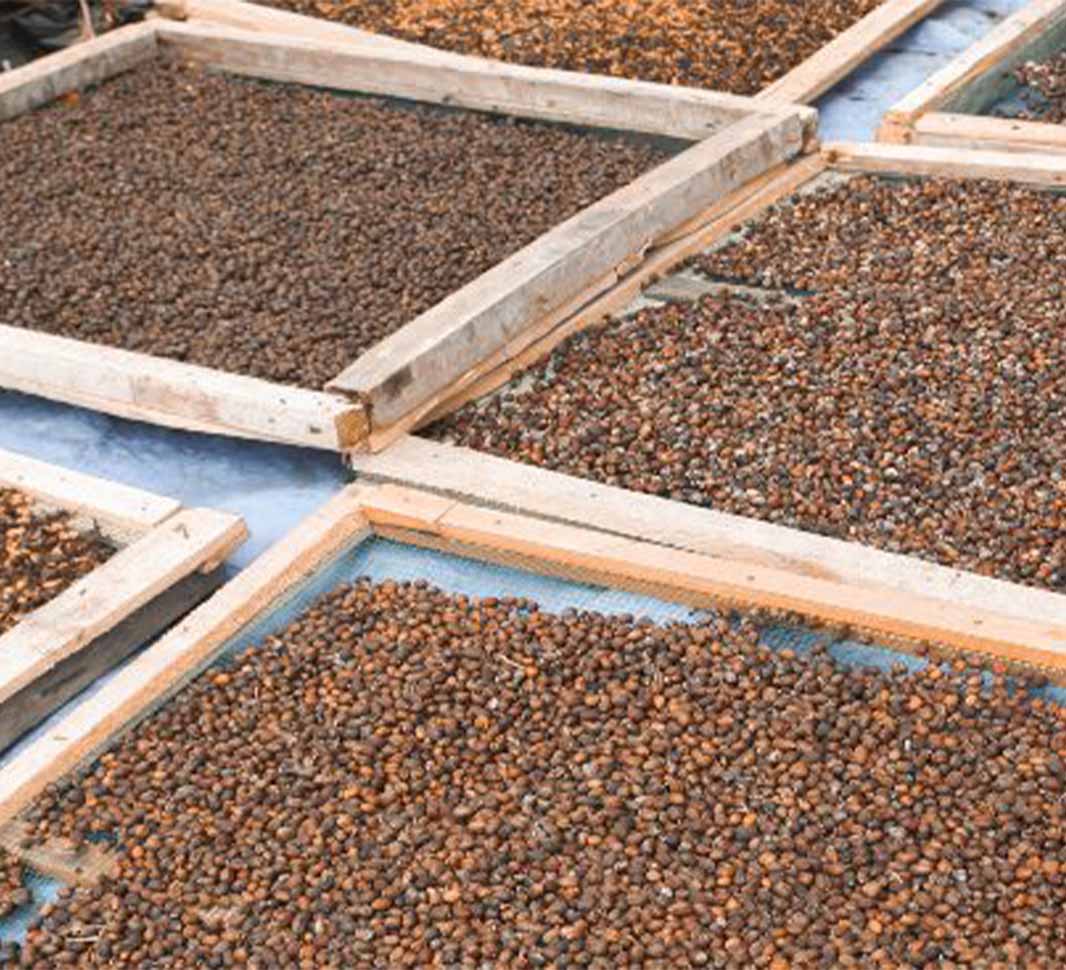
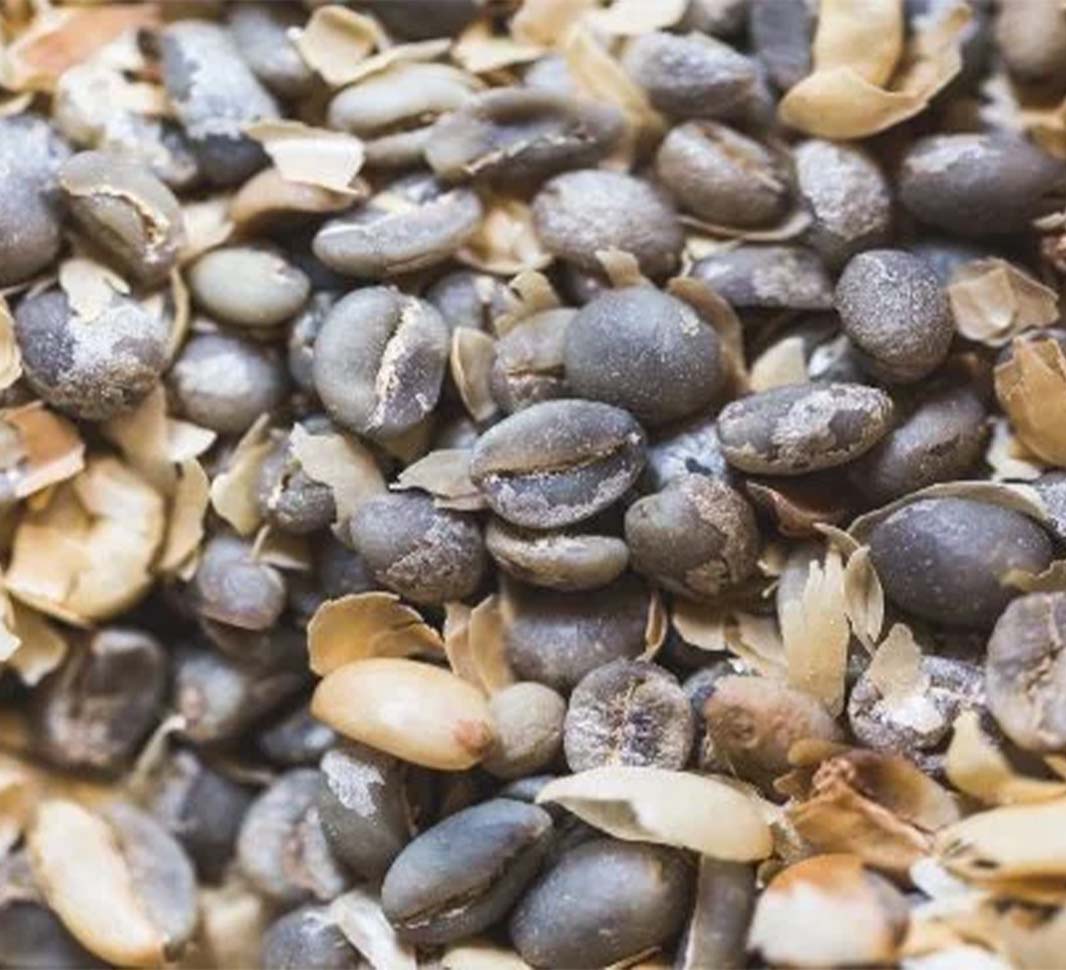
3. The development stage
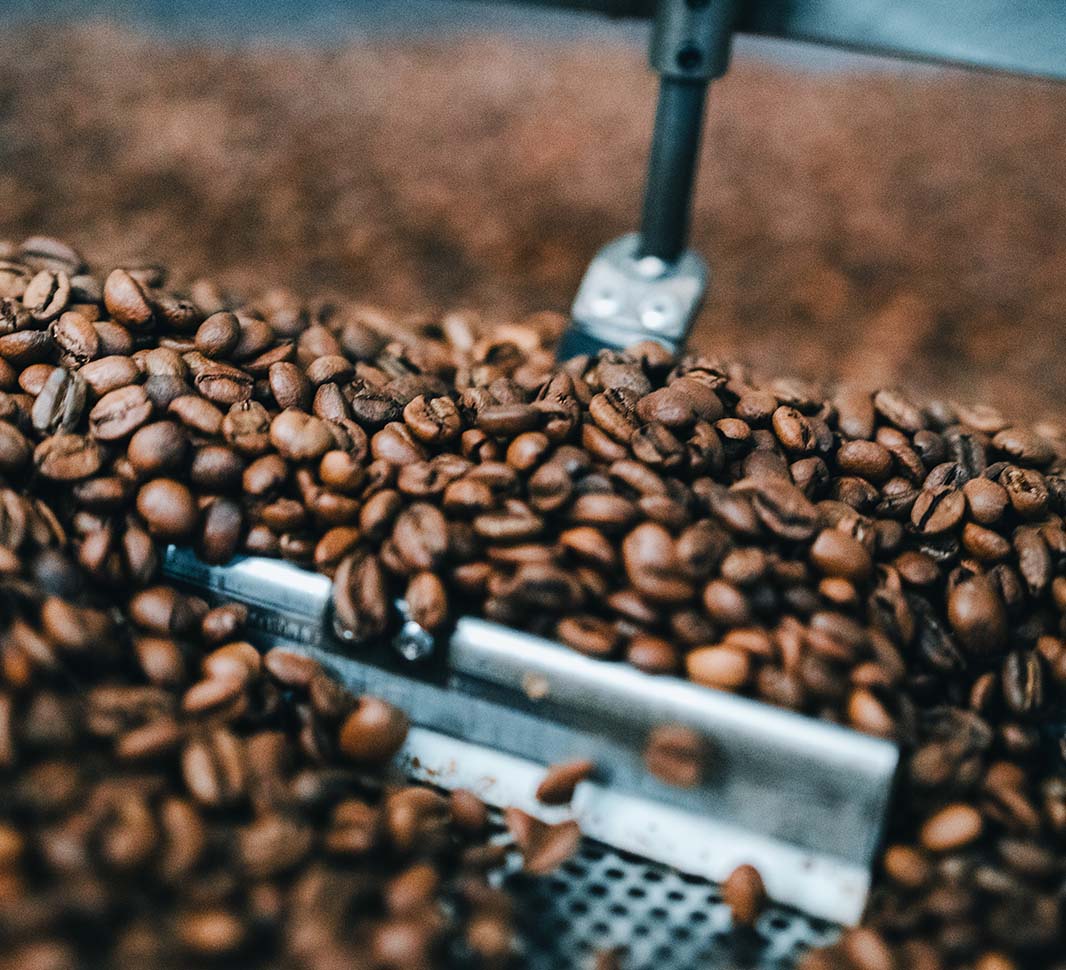
4. Cooling
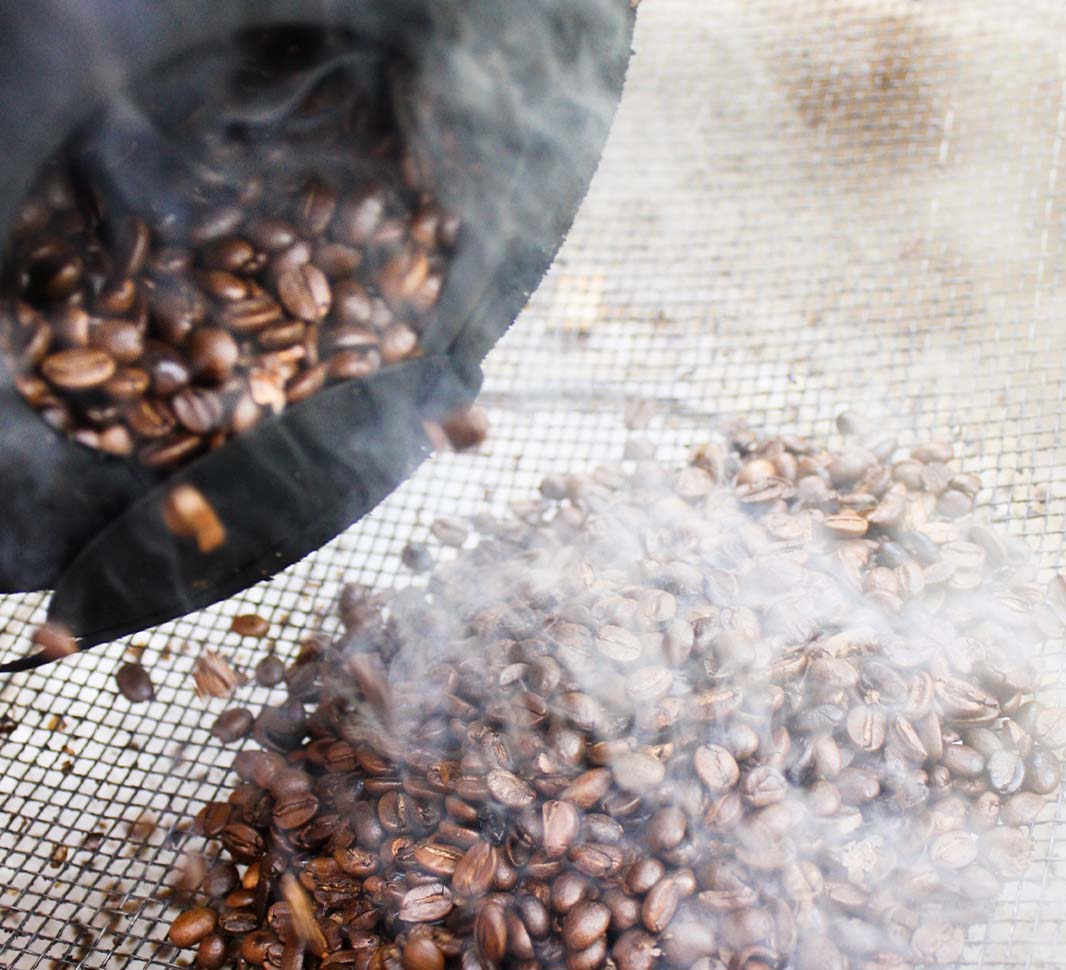
What is split roasted coffee?
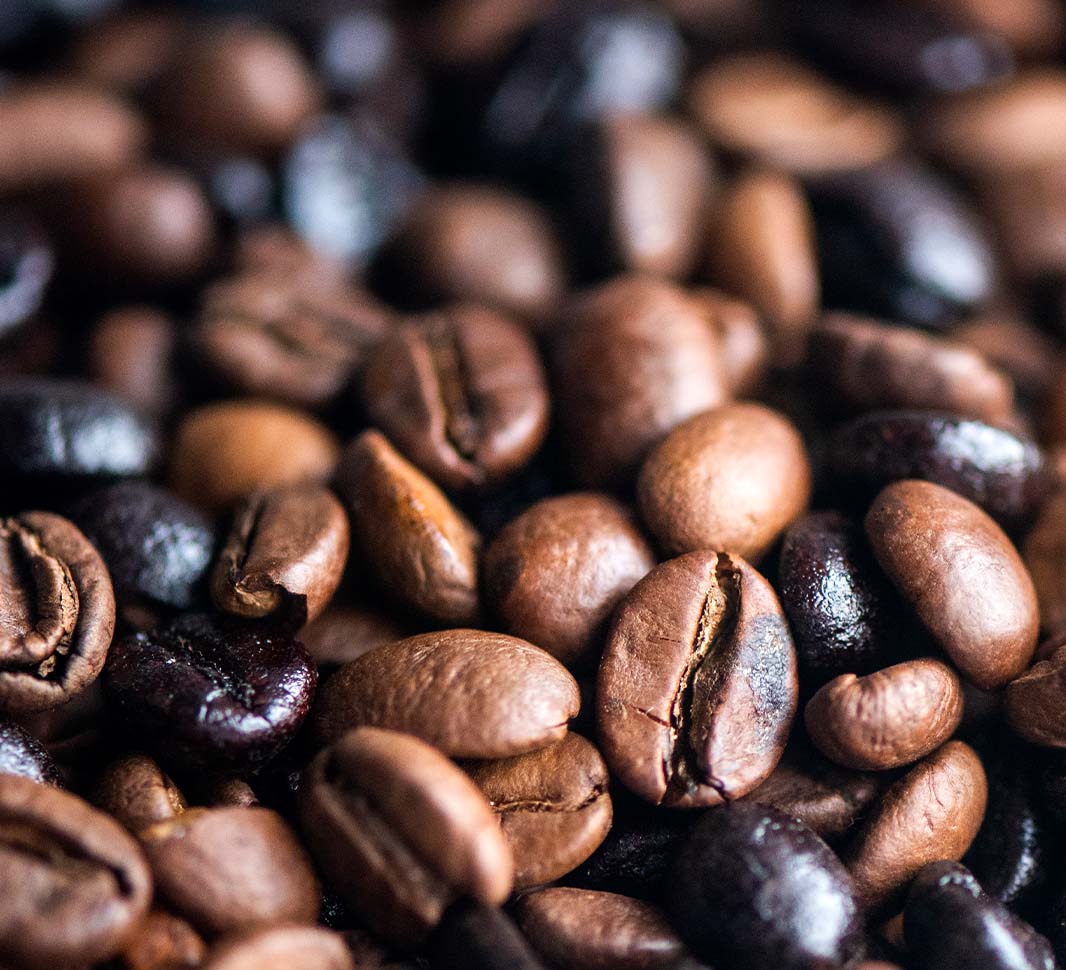
Today’s community favourites
Discover some of the most enjoyed articles from across the site

What is a cappuccino?
A frothy treat
A cappuccino is the perfect balance of espresso, steamed milk and foam. This coffee is all about the structure and the even splitting of elements into equal thirds. An expertly made cappuccino should be rich, but not acidic and have a mildly sweet flavouring from the milk. And, because the milk is not actually mixed in it gives the espresso a stronger flavour.
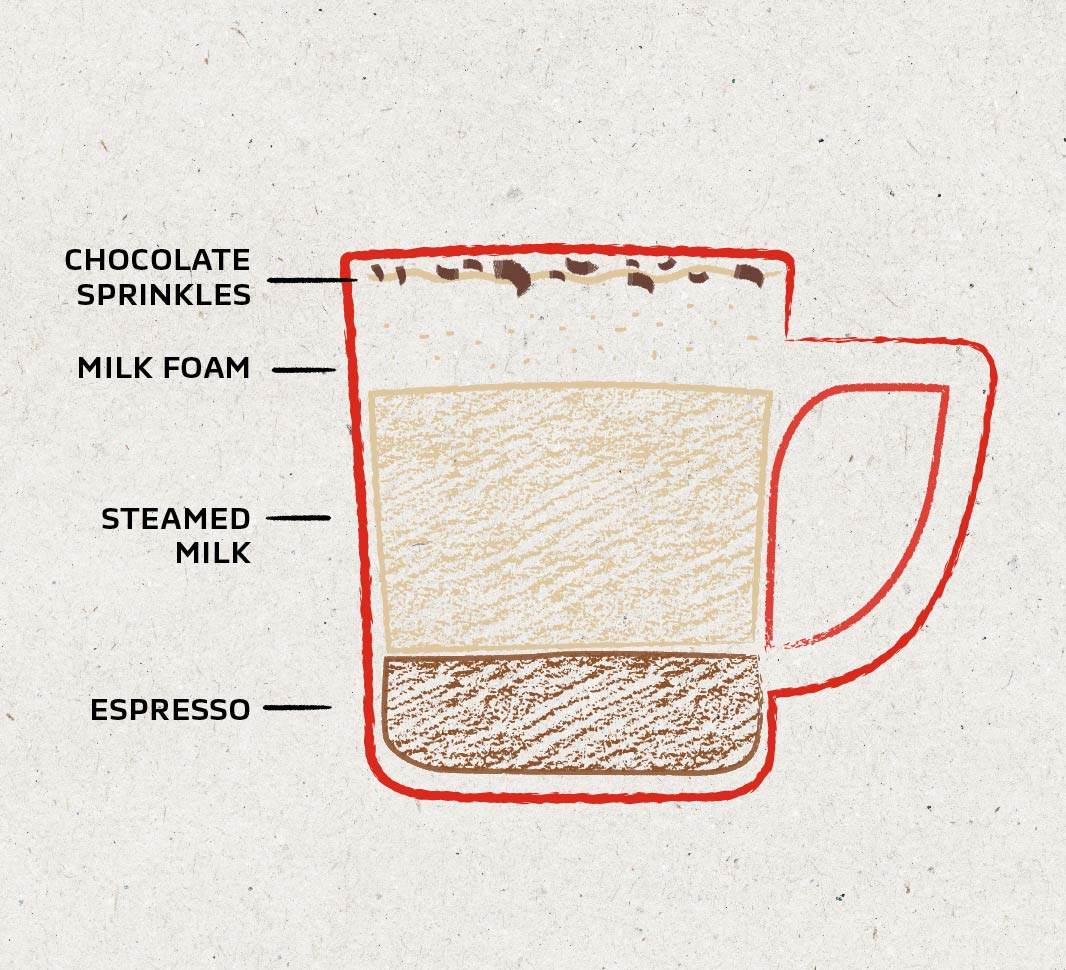
Cappuccino origins
The cappuccino first came to Europe and America from Italy in 1980, at a similar time as the latte. Many coffees that originate in Italy have straightforward, descriptive names depending on ingredients or how it’s made, but the cappuccino is a little different. Apparently, the colouring of the espresso and frothed milk is similar to the hue of the Capuchin friar robes, and so, the wonderful beverage was dubbed the ‘cappuccino’.
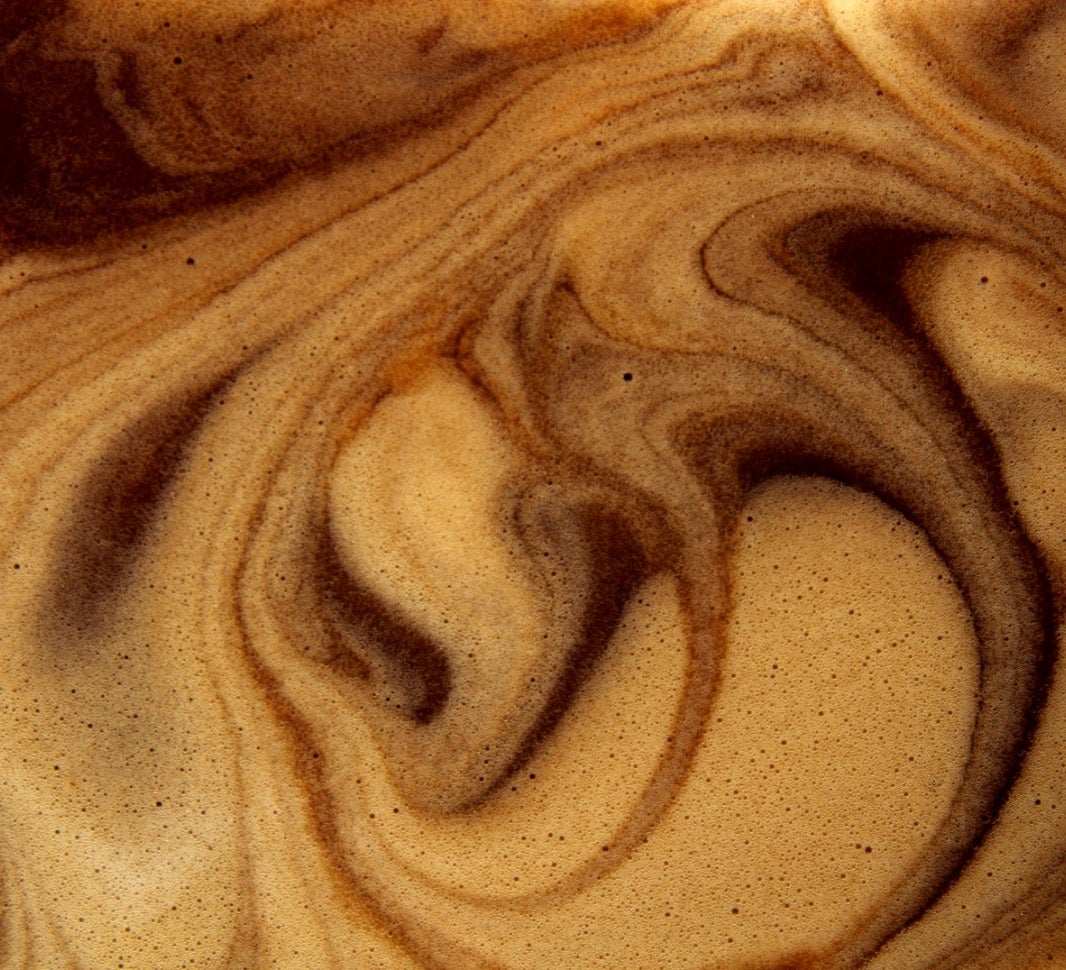
Known as one of the more popular drinks in any coffee shop, the cappuccino is a balanced coffee that’s a true test of any barista’s skills.

Macchiato vs. cappuccino – what’s the difference?
If you’re ordering in a coffee shop, you might be wondering what the difference is between the two. The macchiato begins with a base of steamed milk, two shots of espresso and then a thin layer of milk foam on top for a much higher ratio of coffee to milk. A cappuccino on the other hand starts with a shot of espresso, followed by steamed milk and finally milk foam on top, all in a perfectly balanced ratio. You should now have all the information you need for your next order!
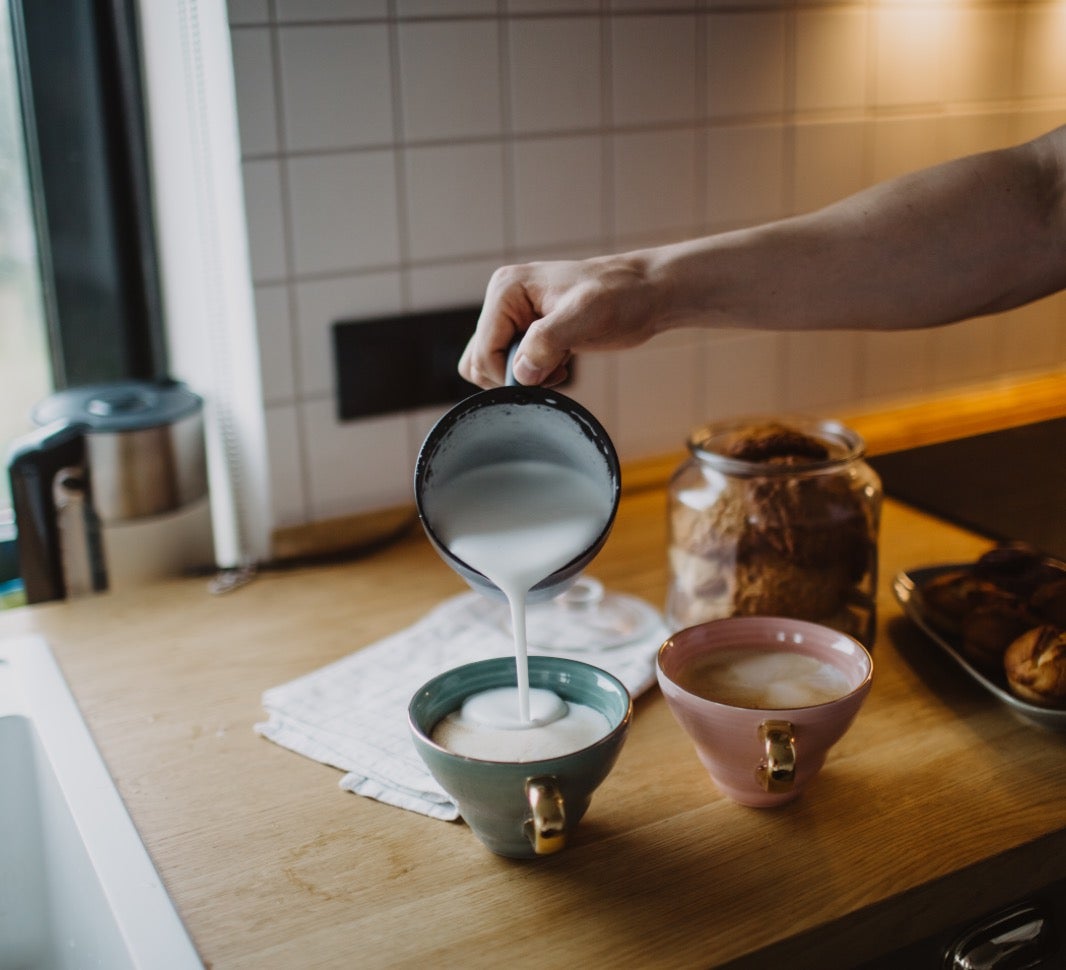
What's popular
See what’s trending in your part of the world.


